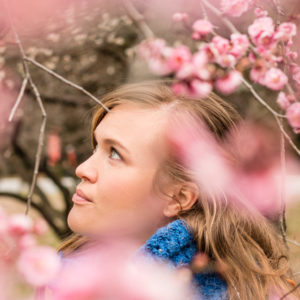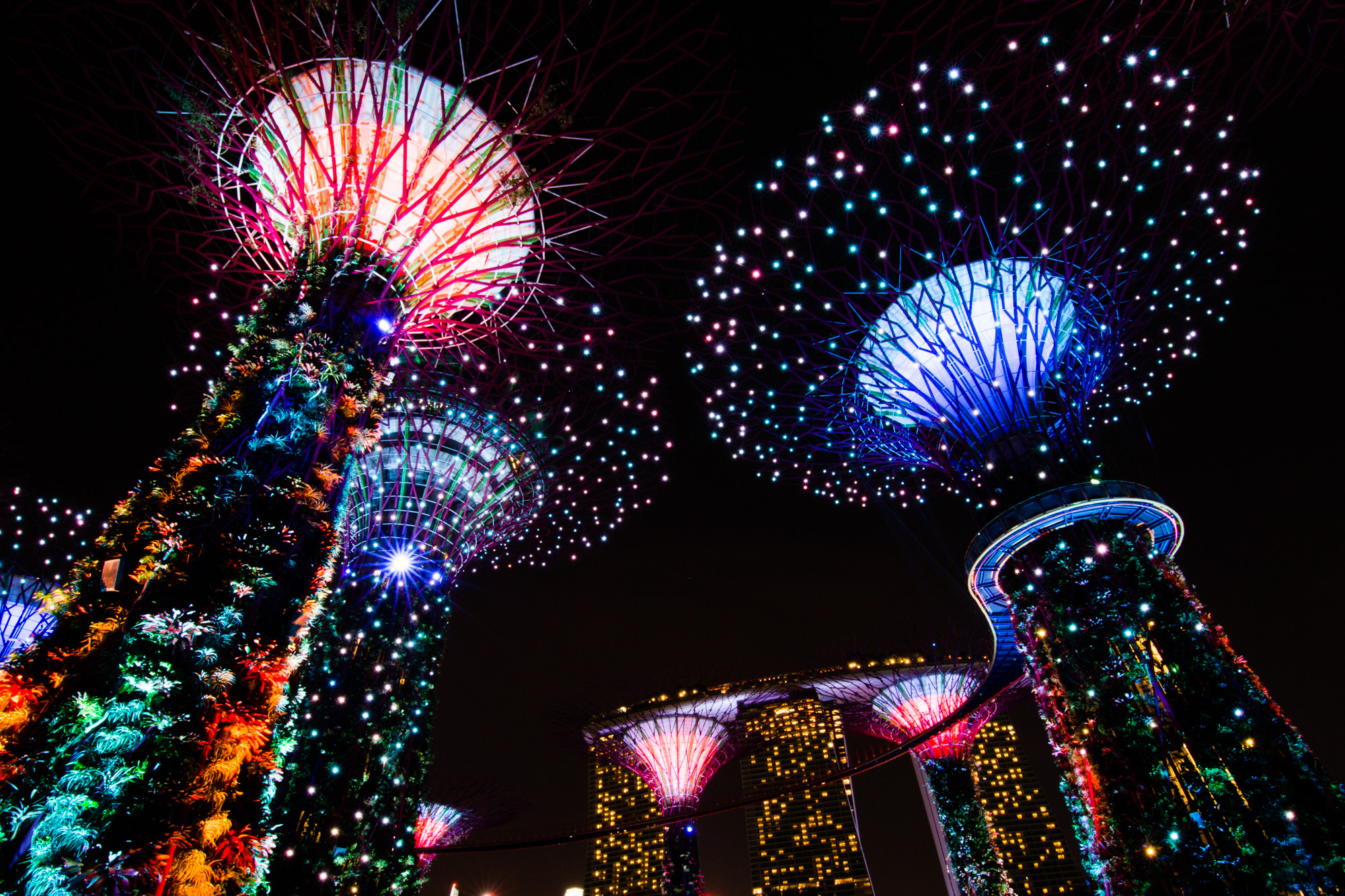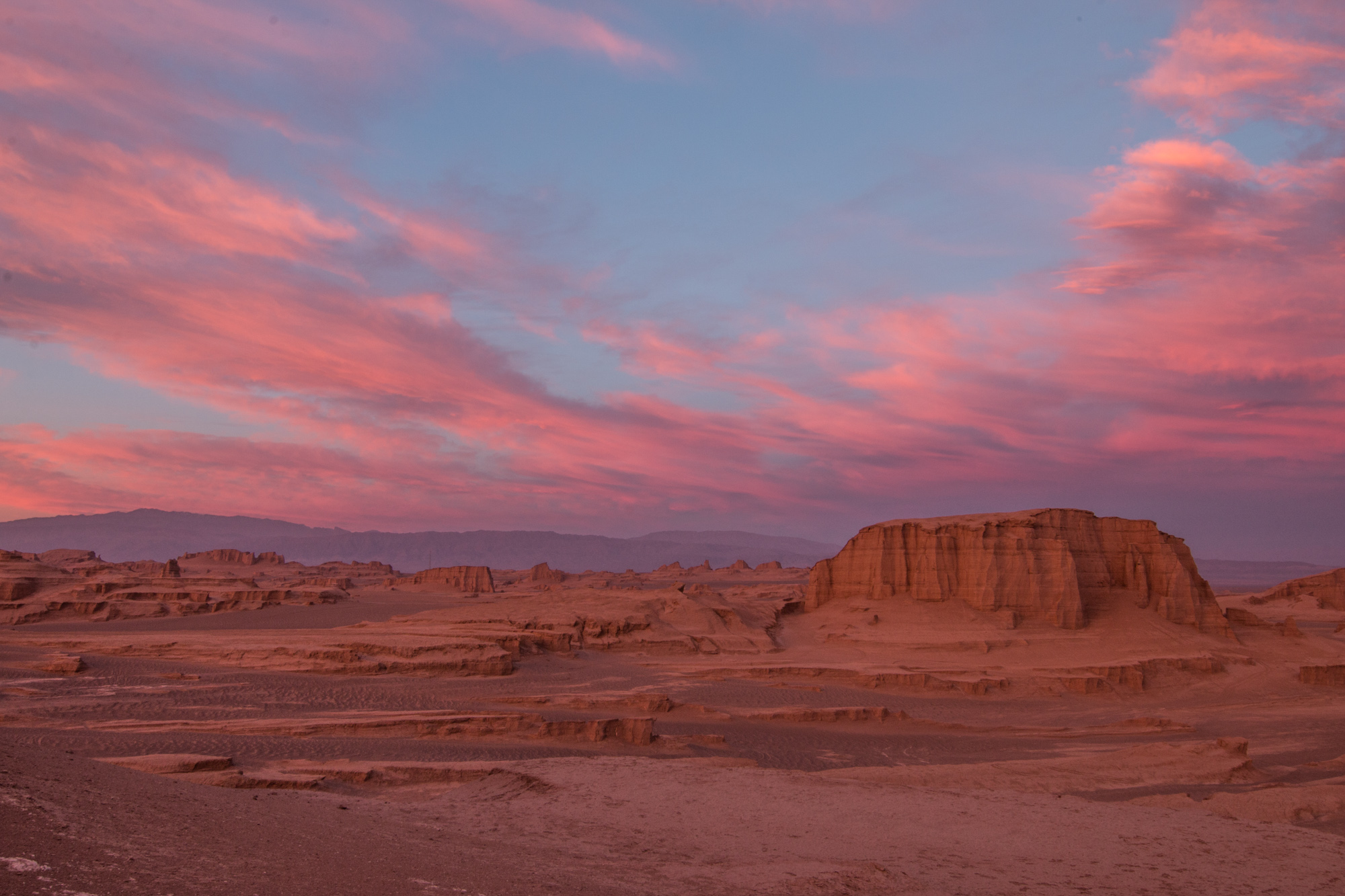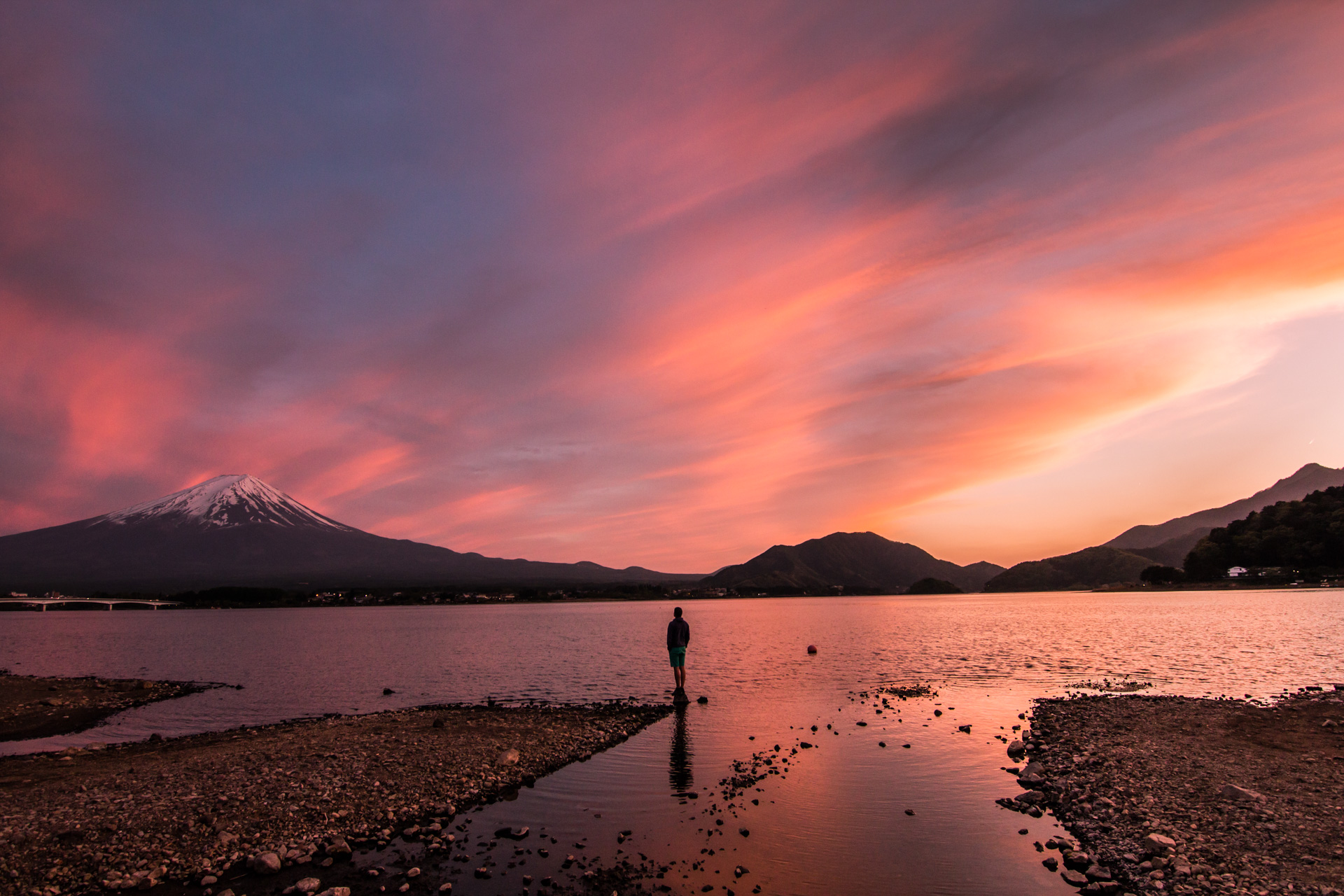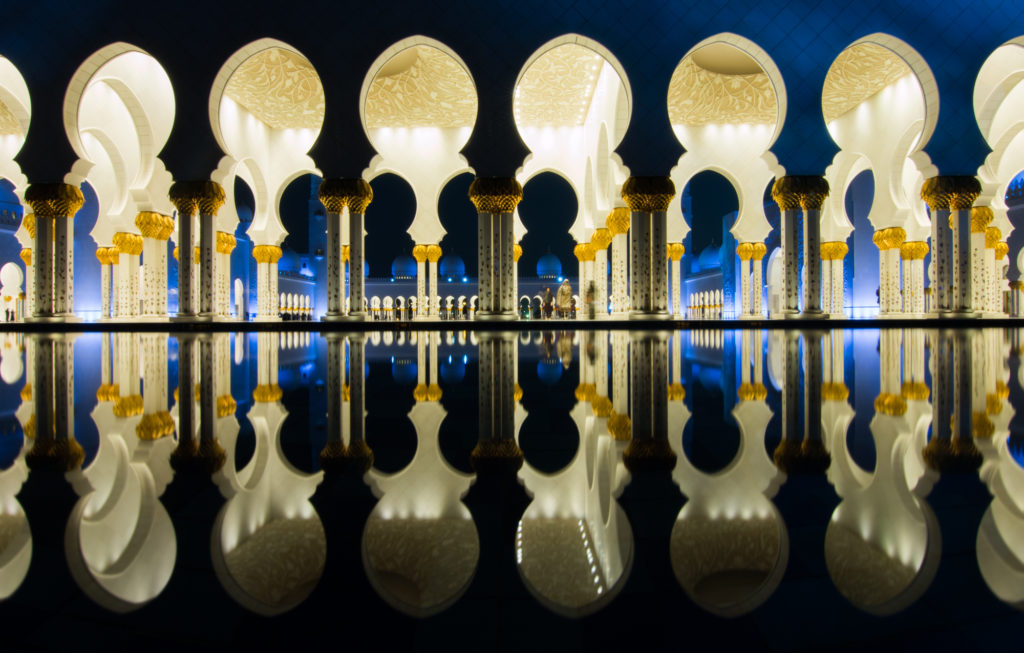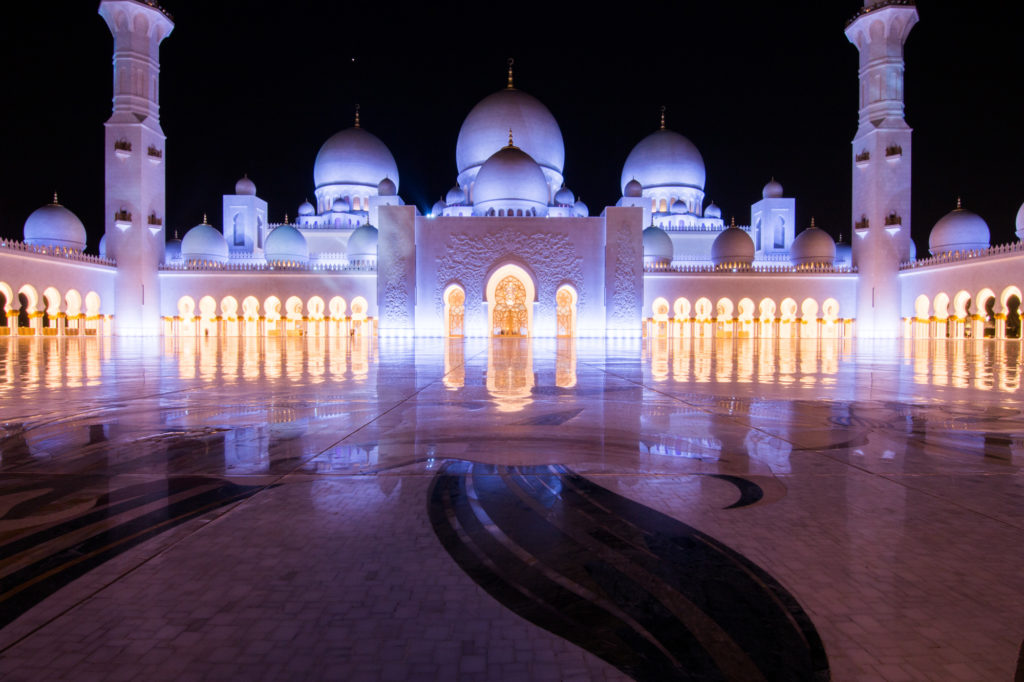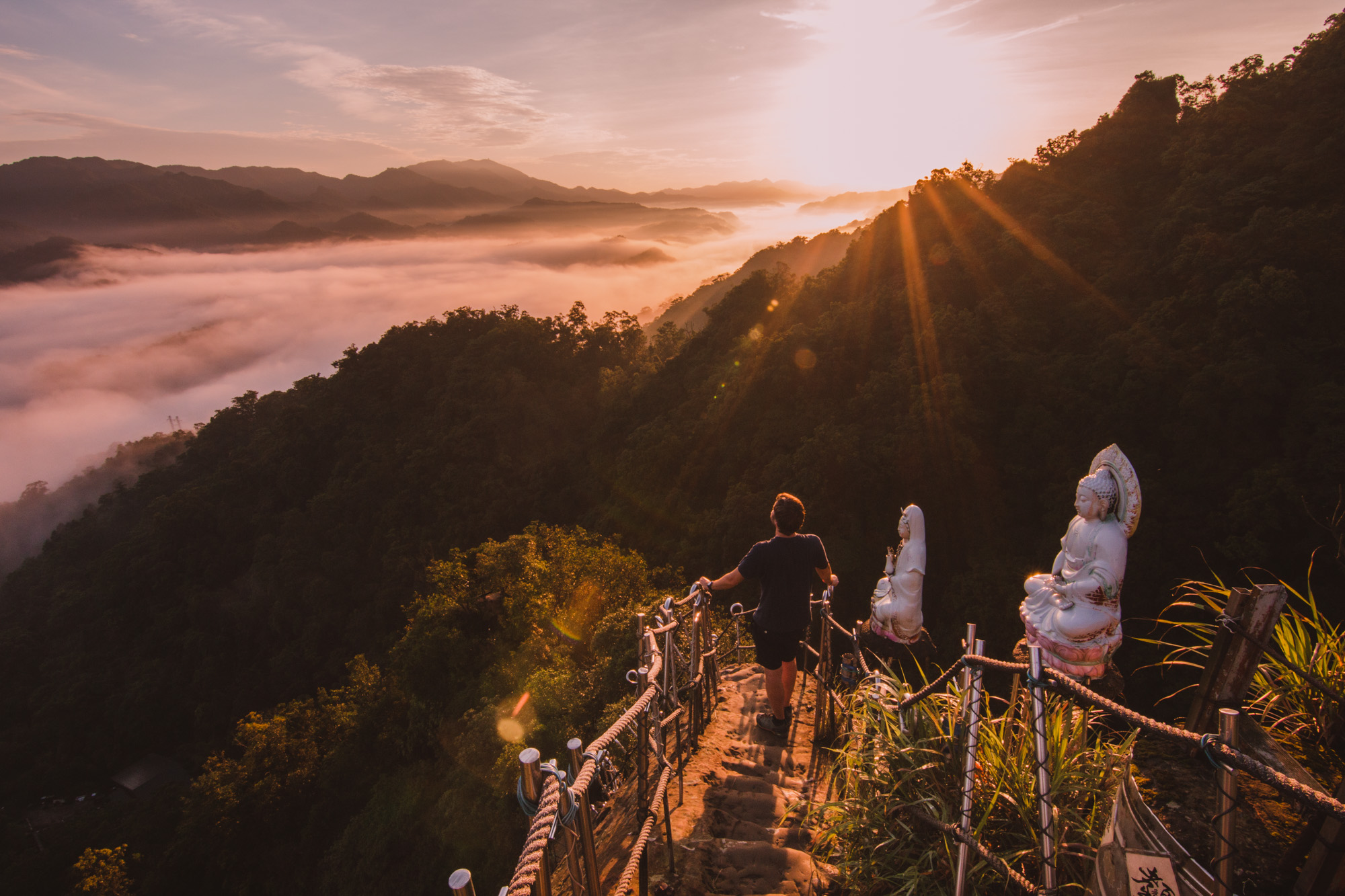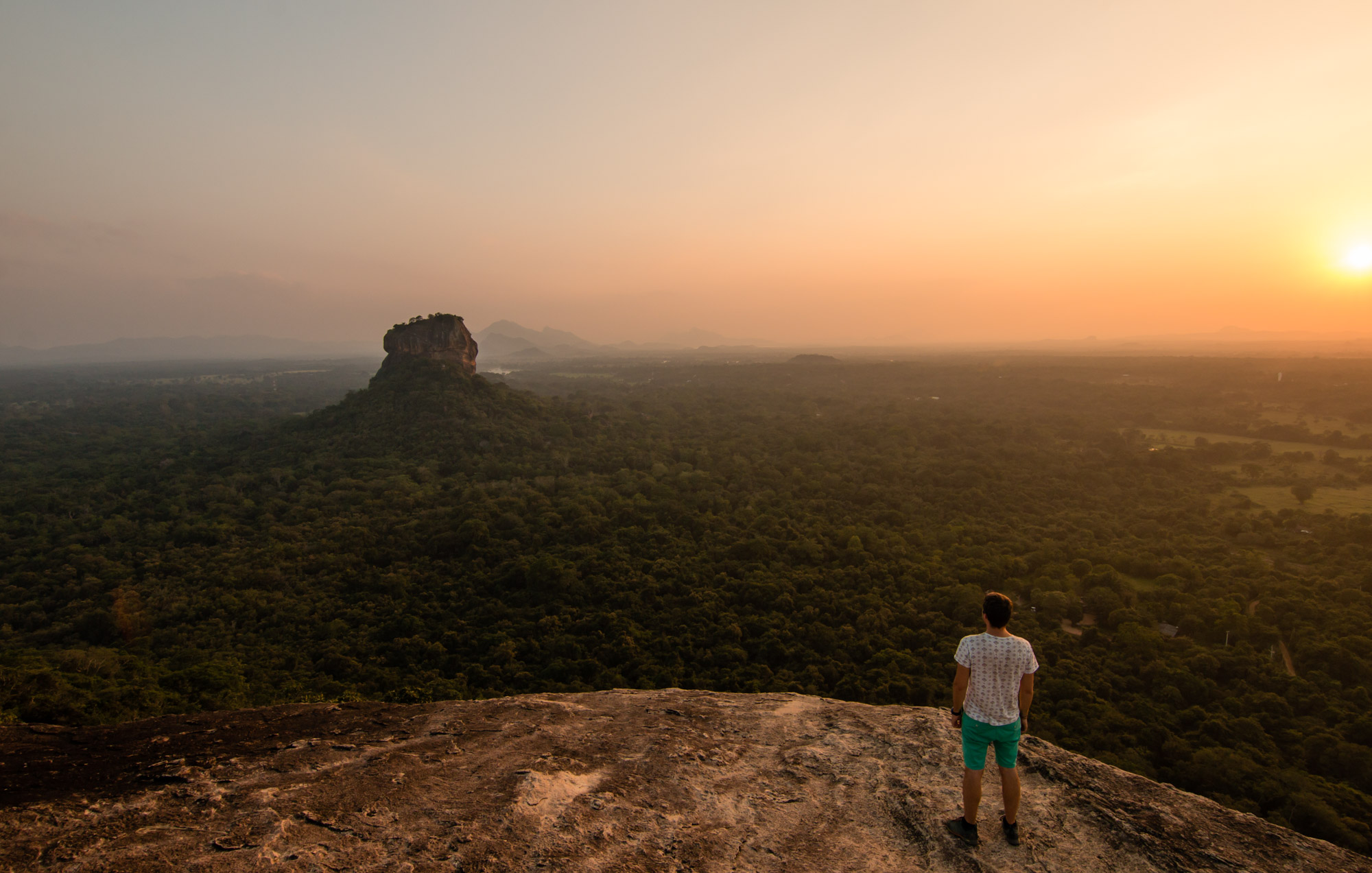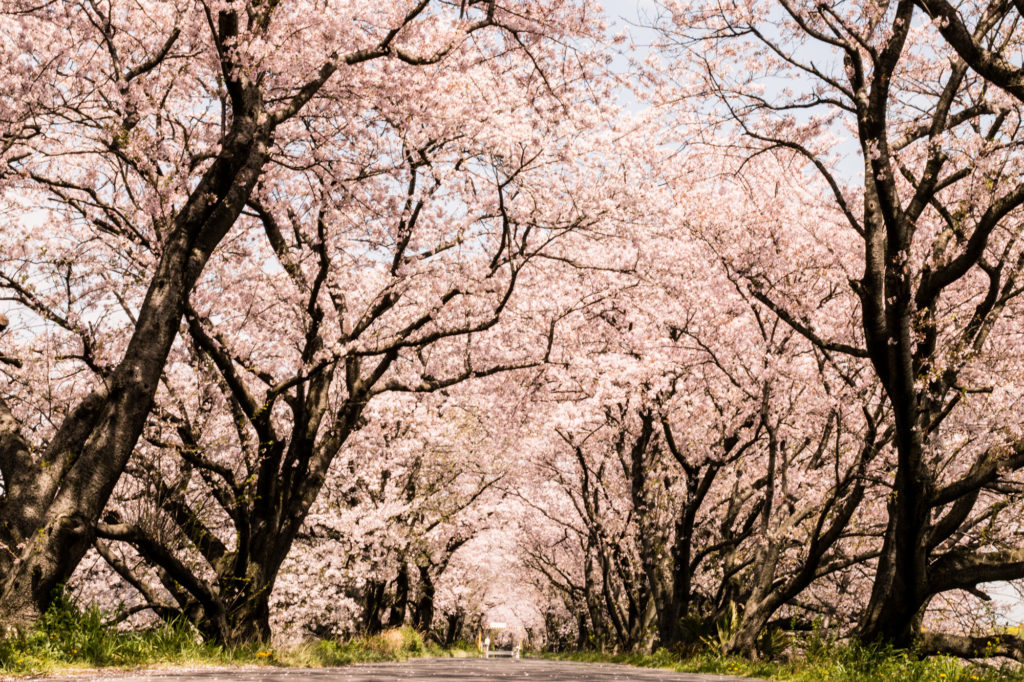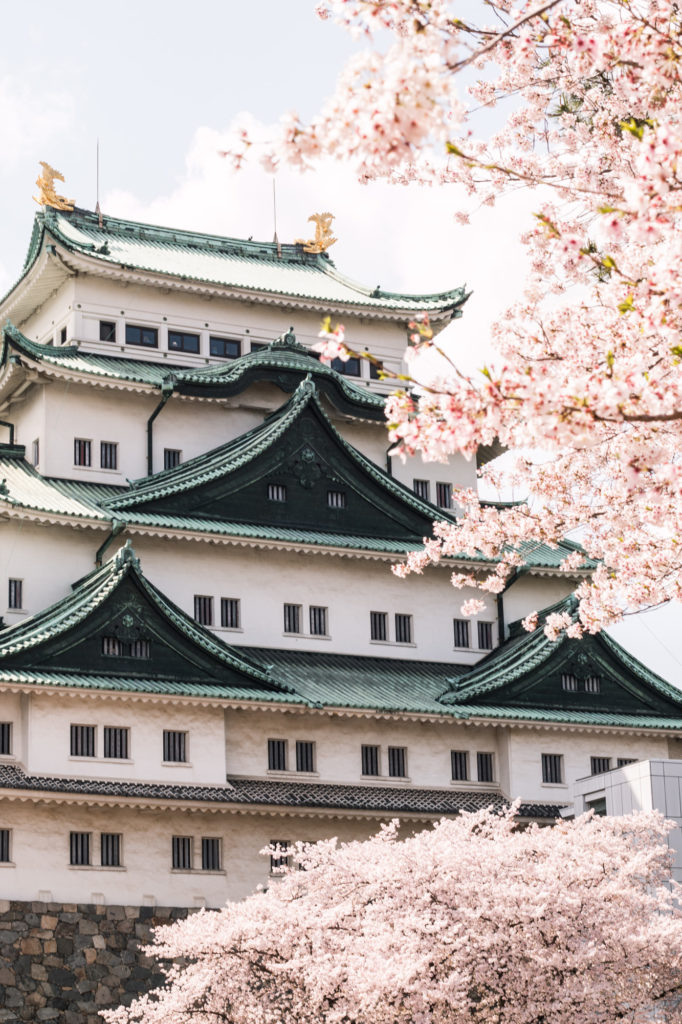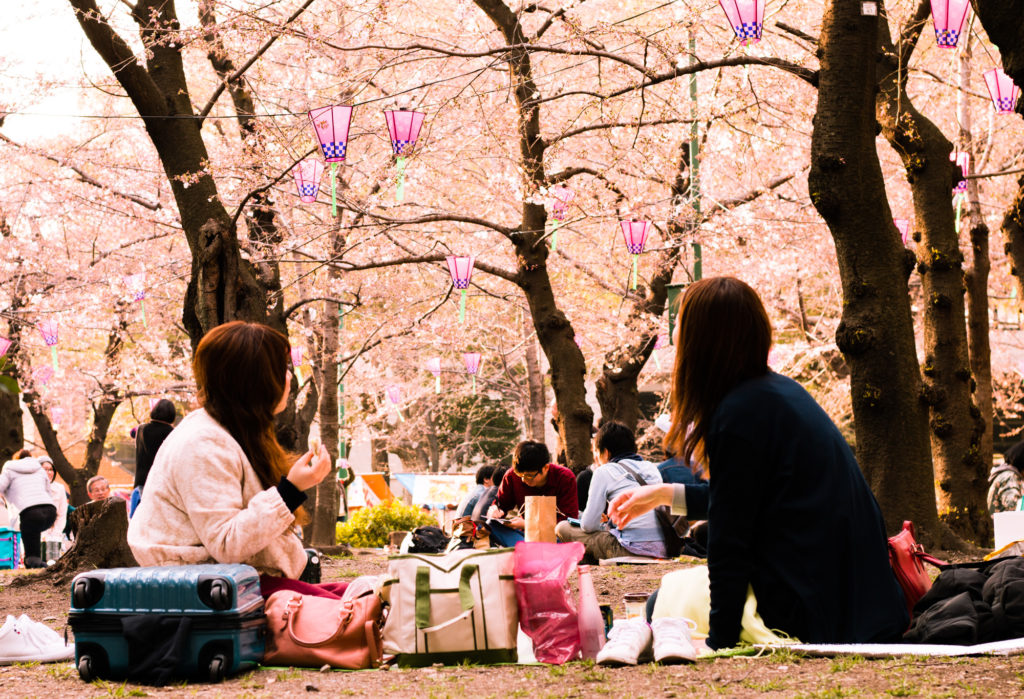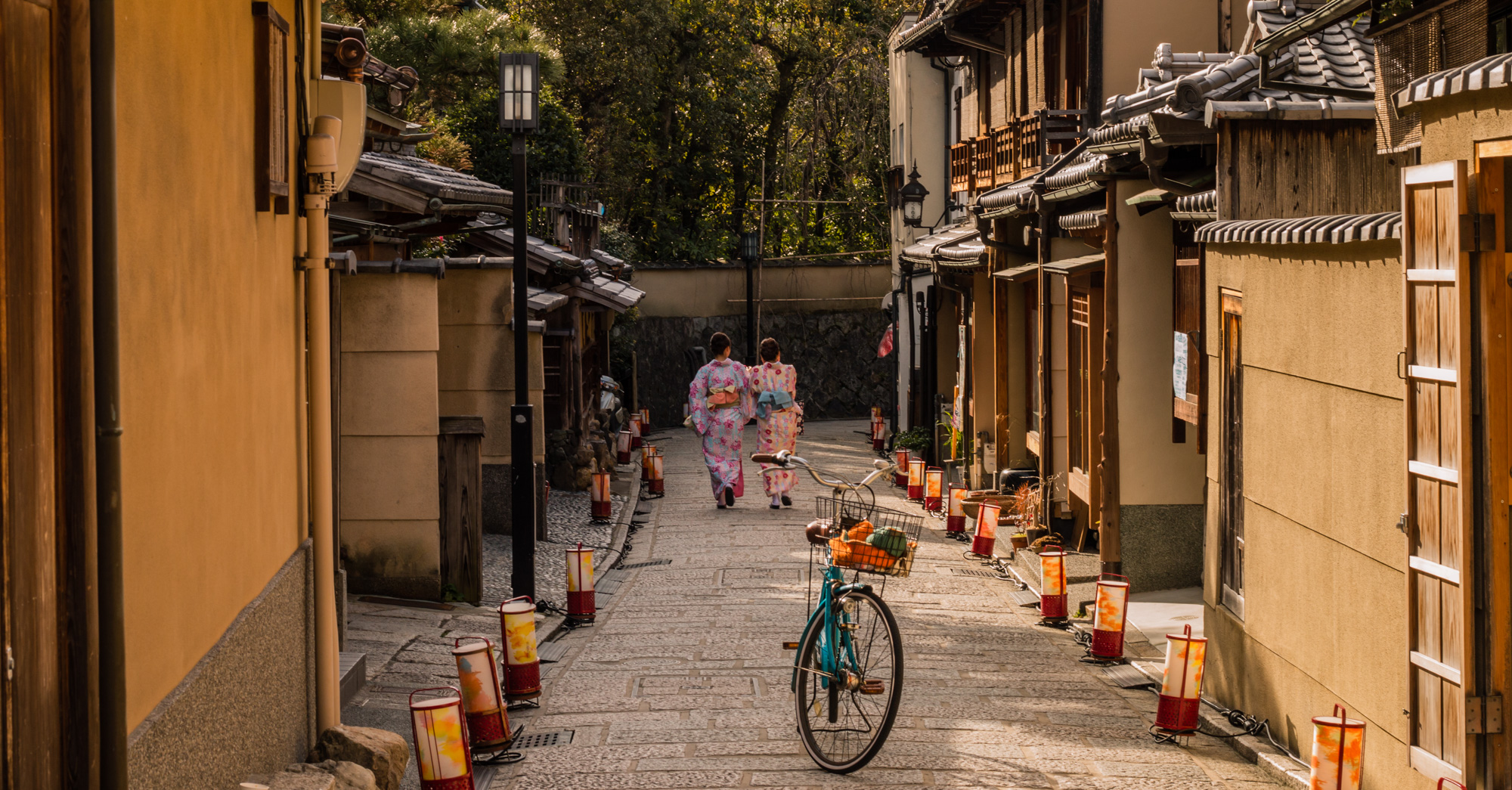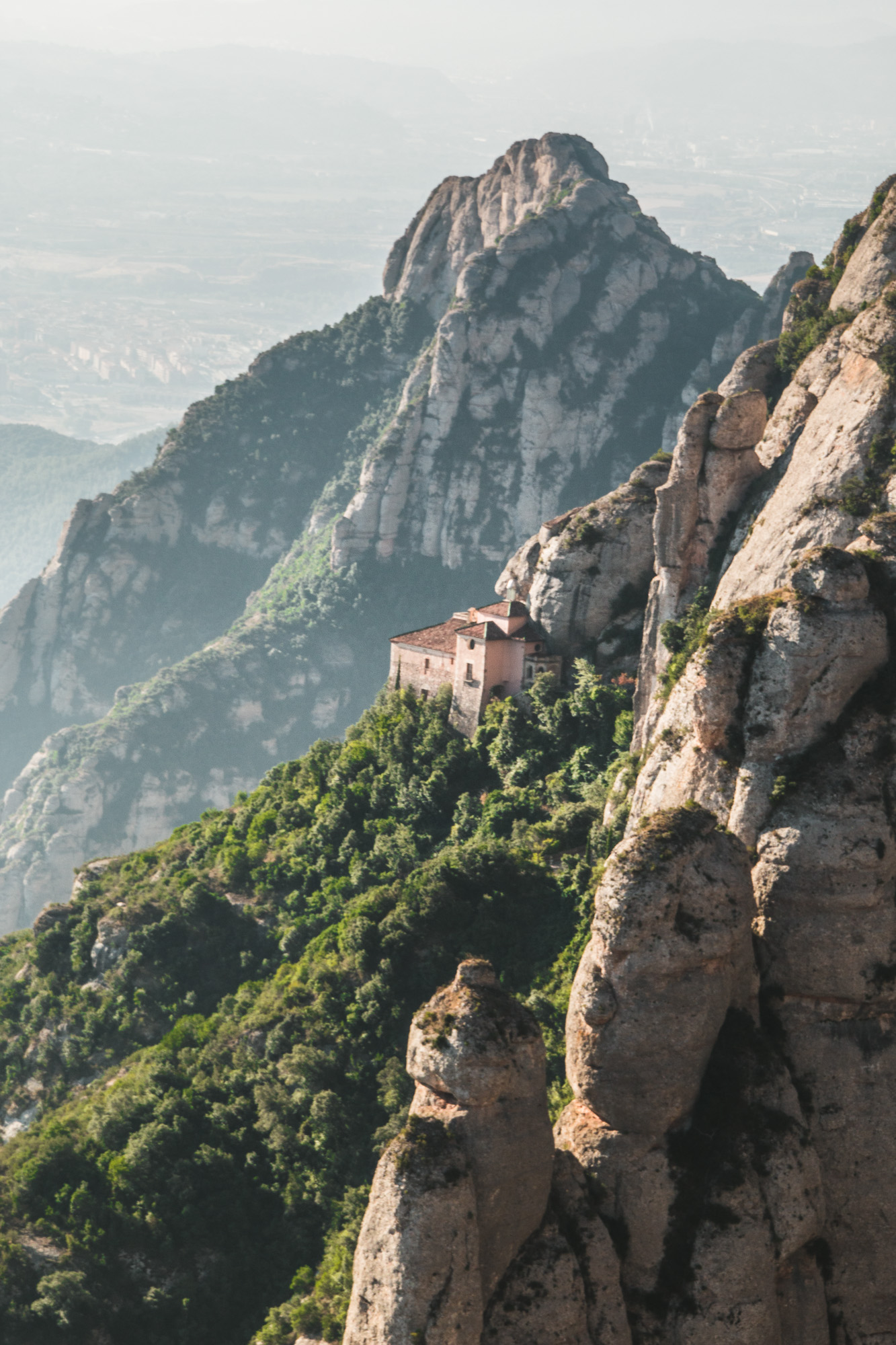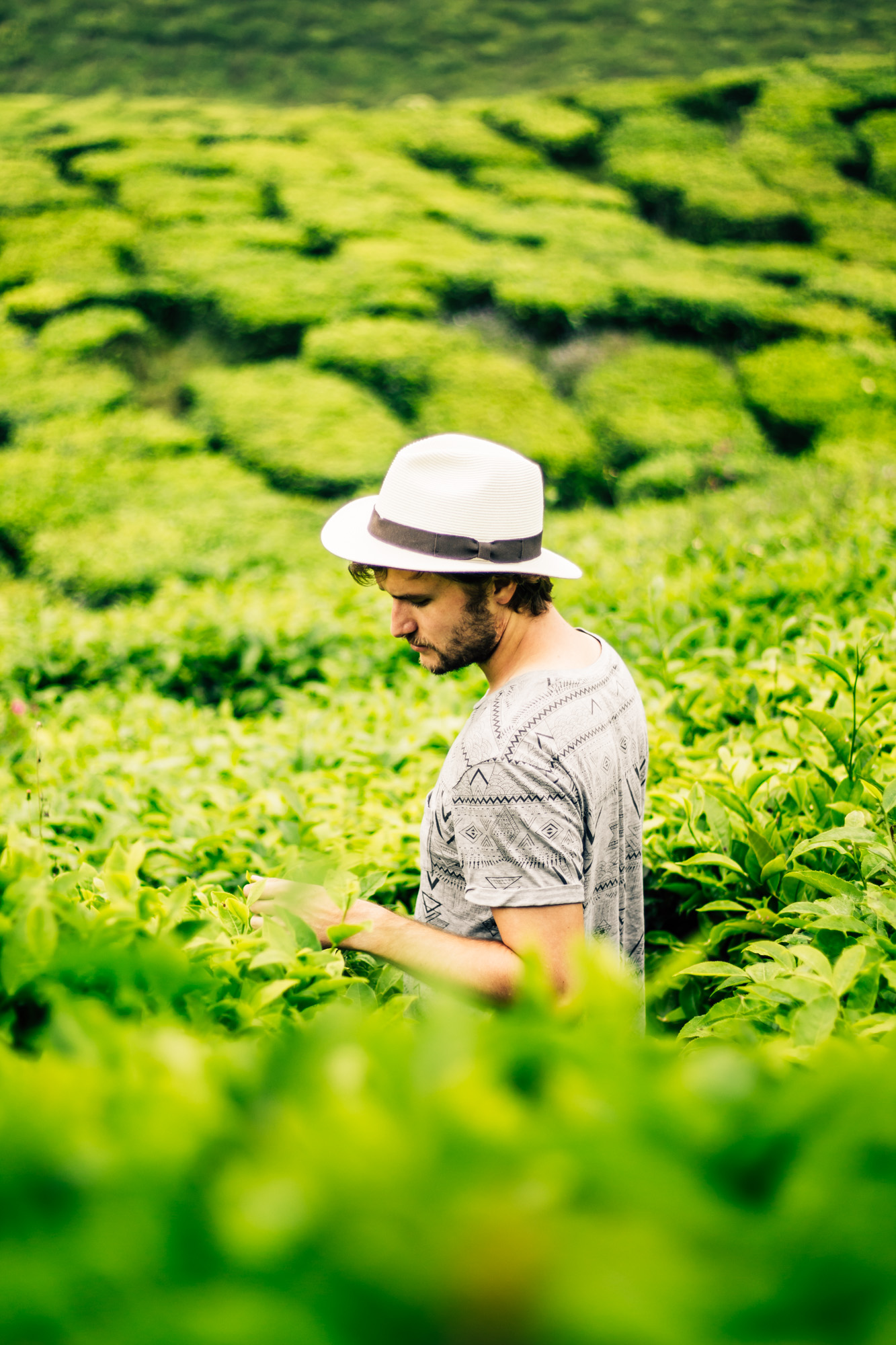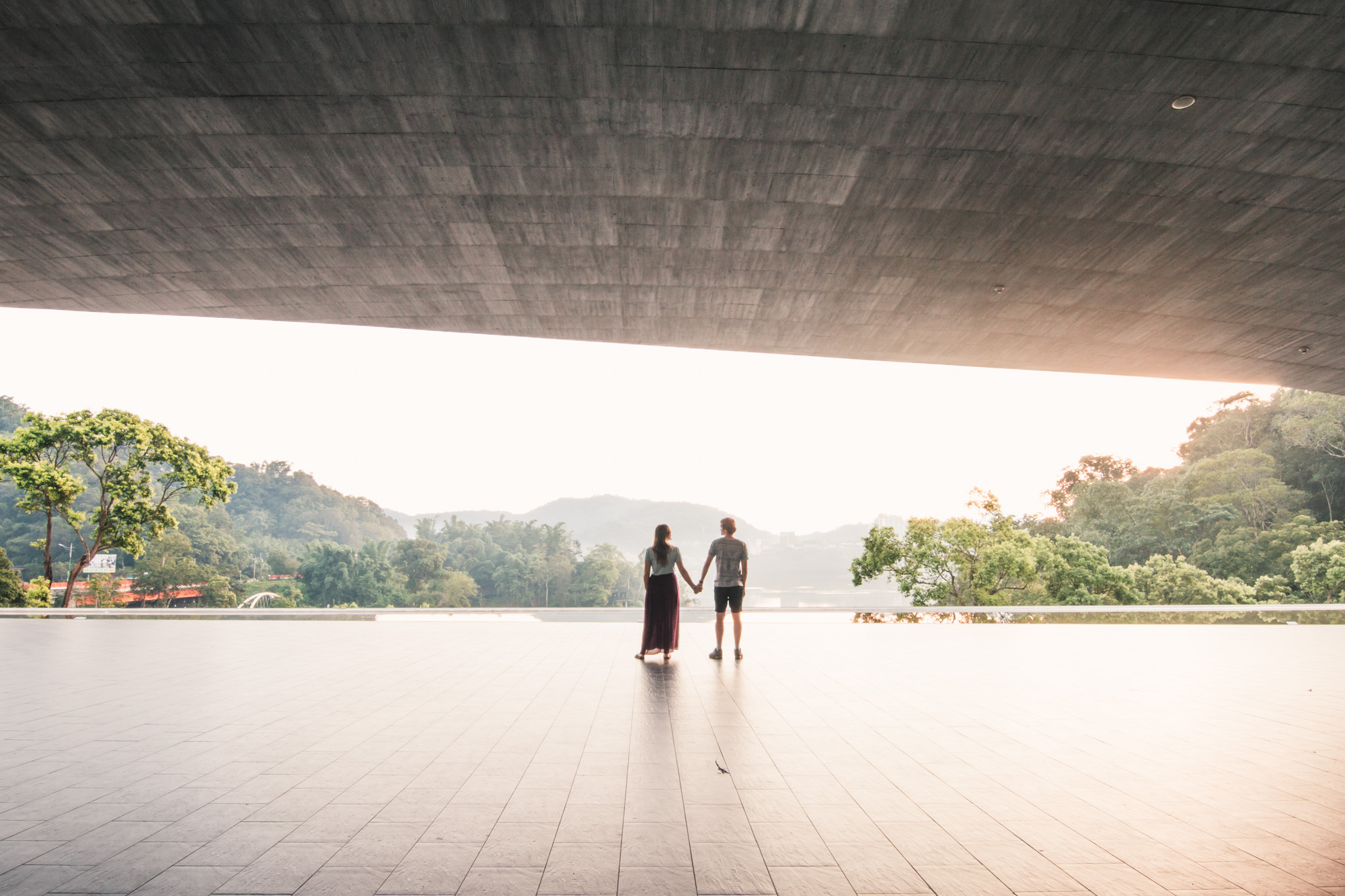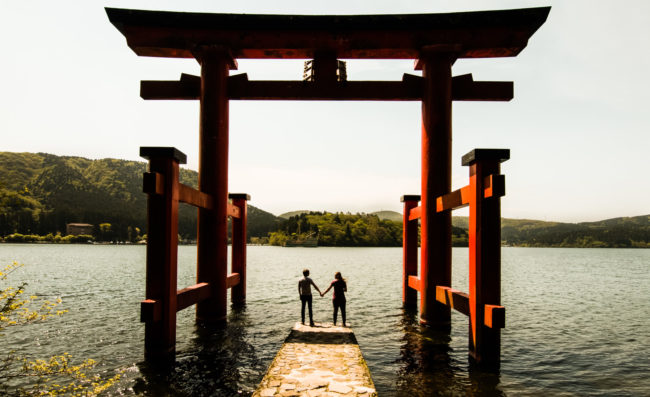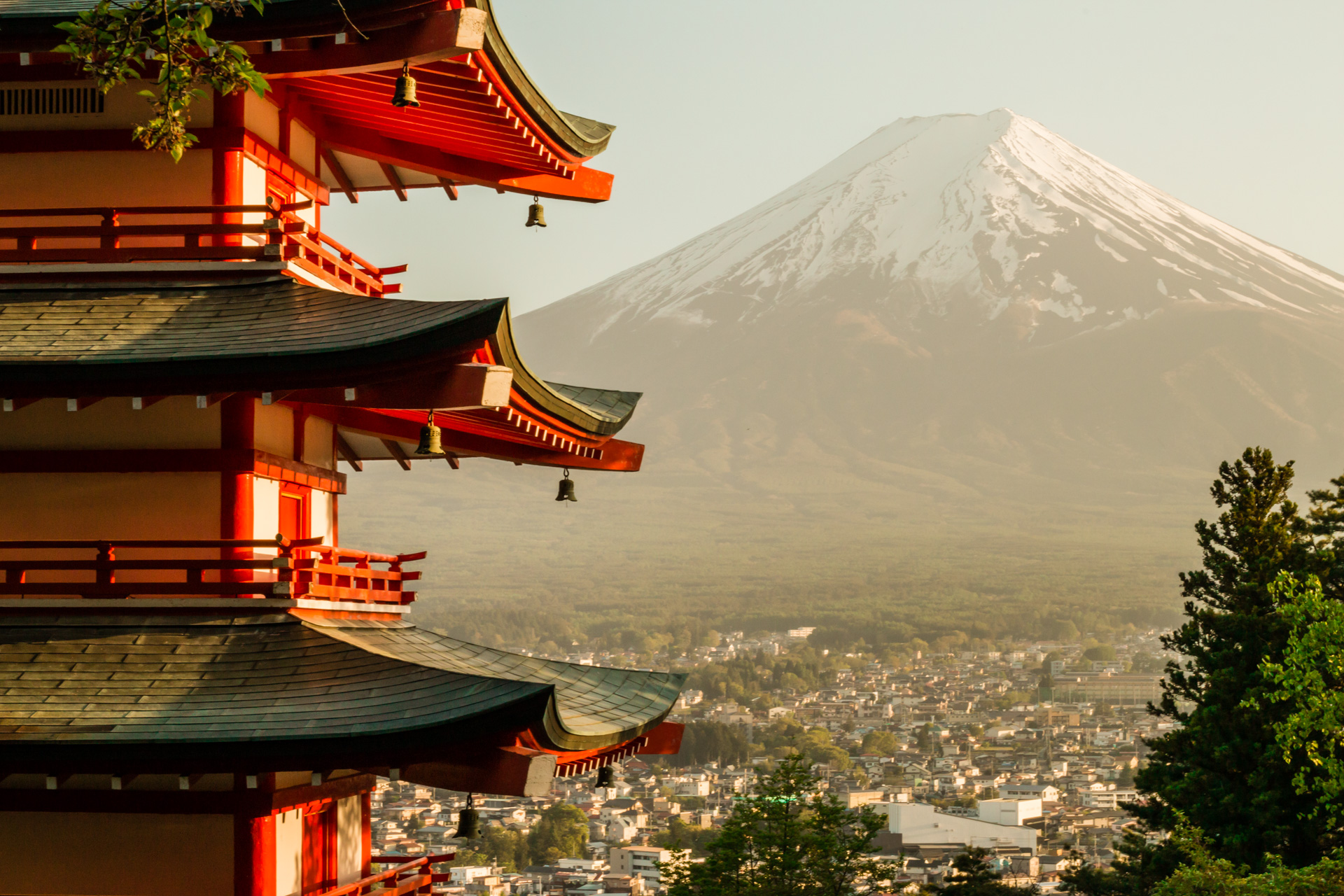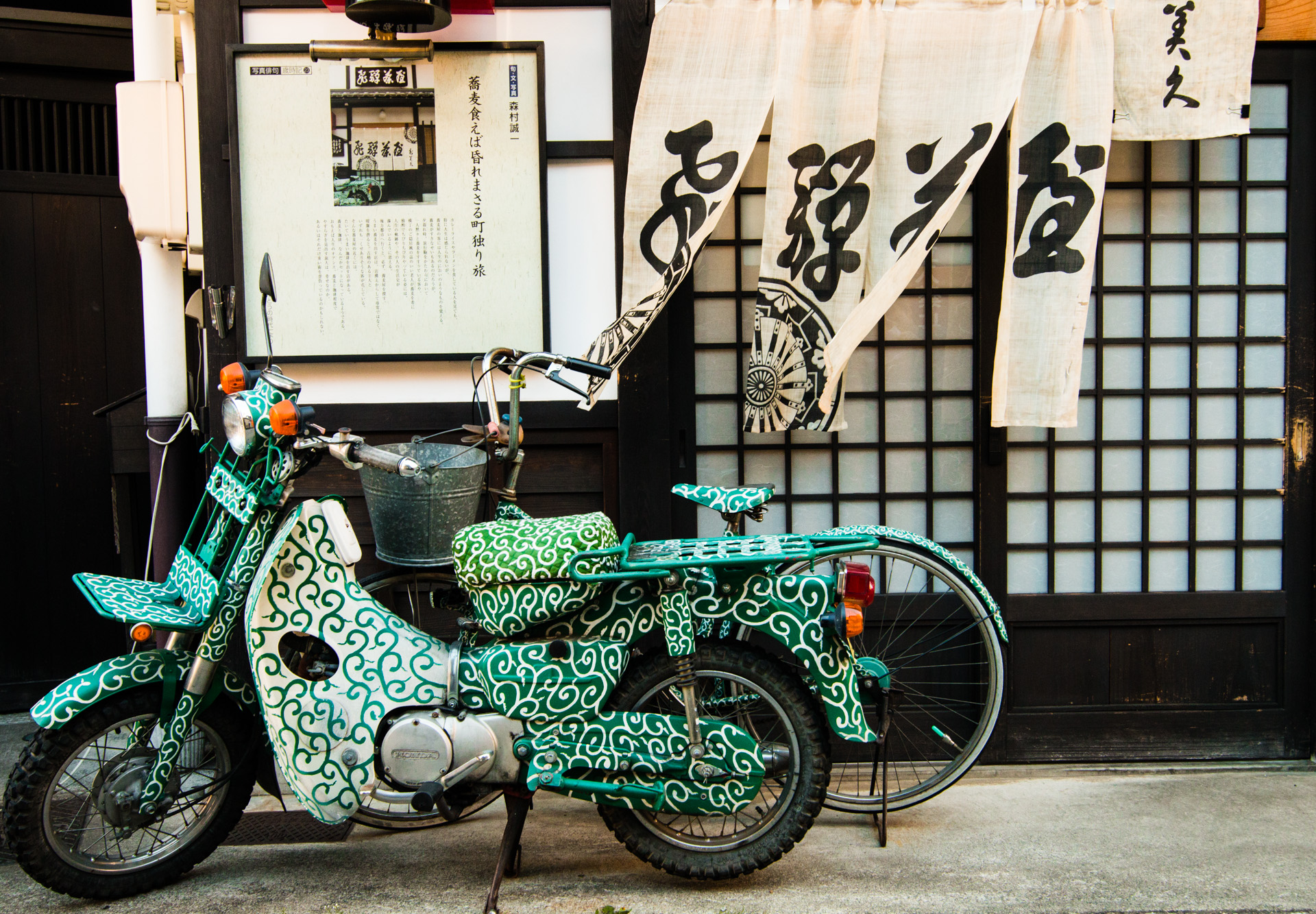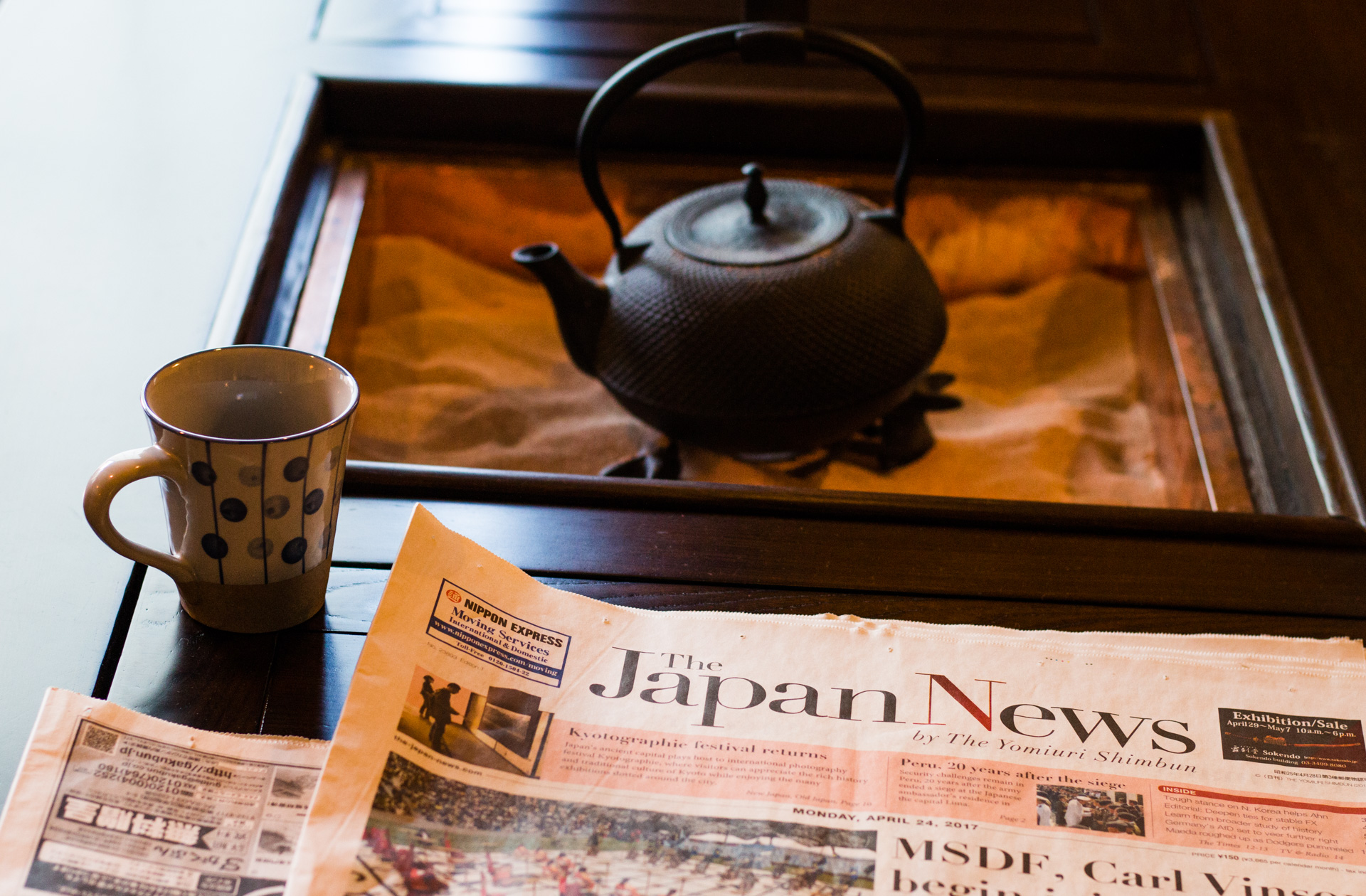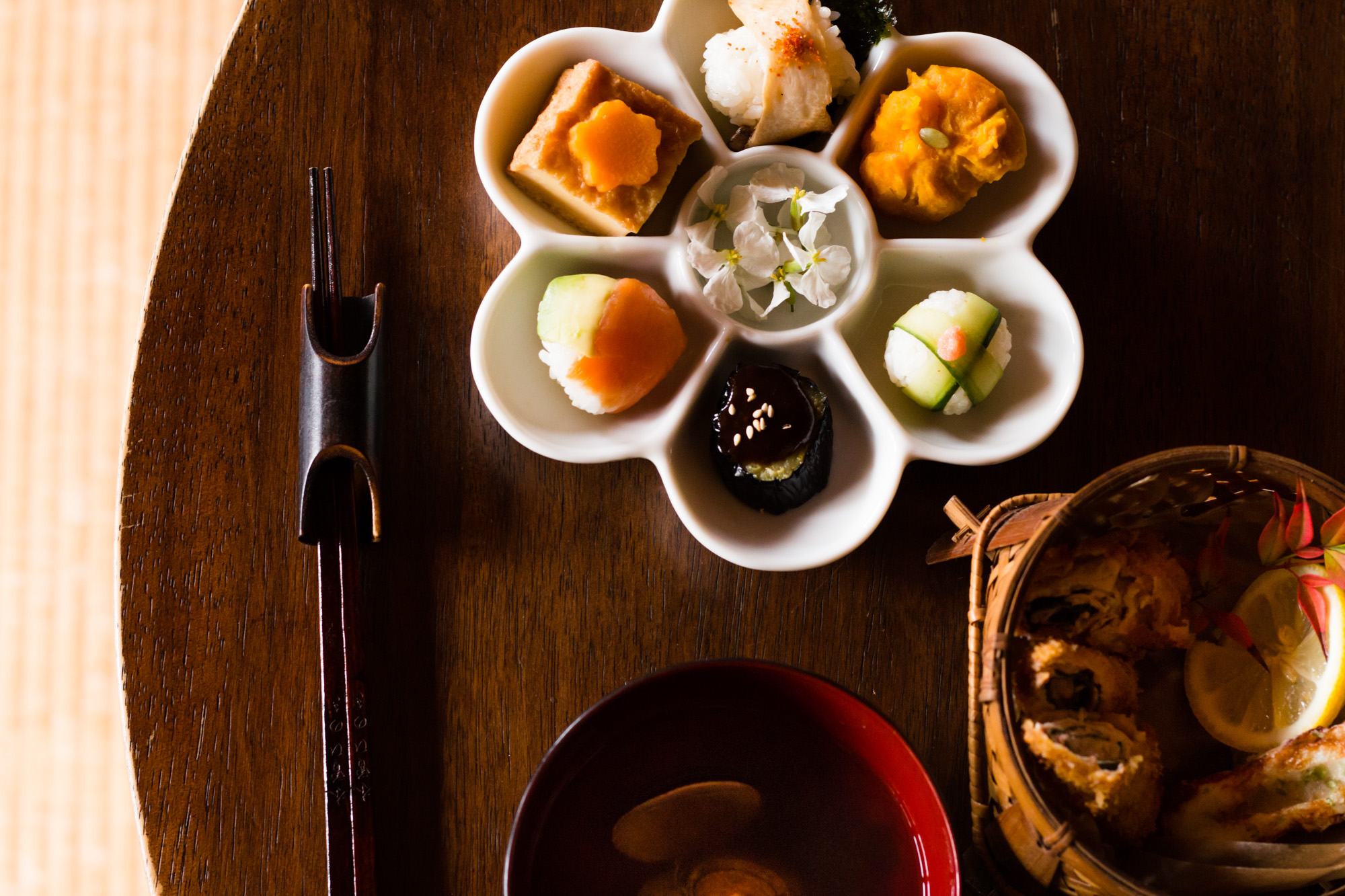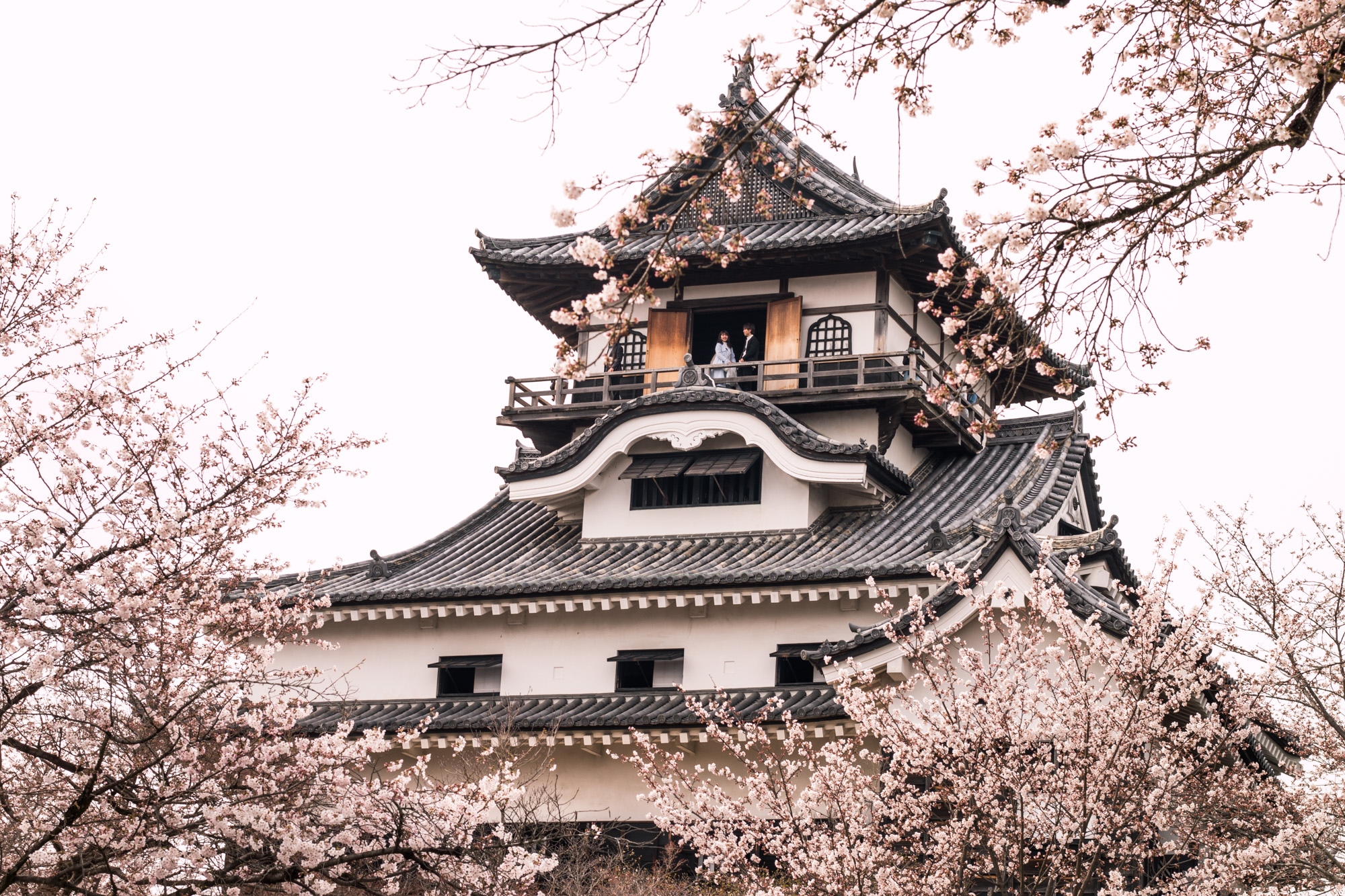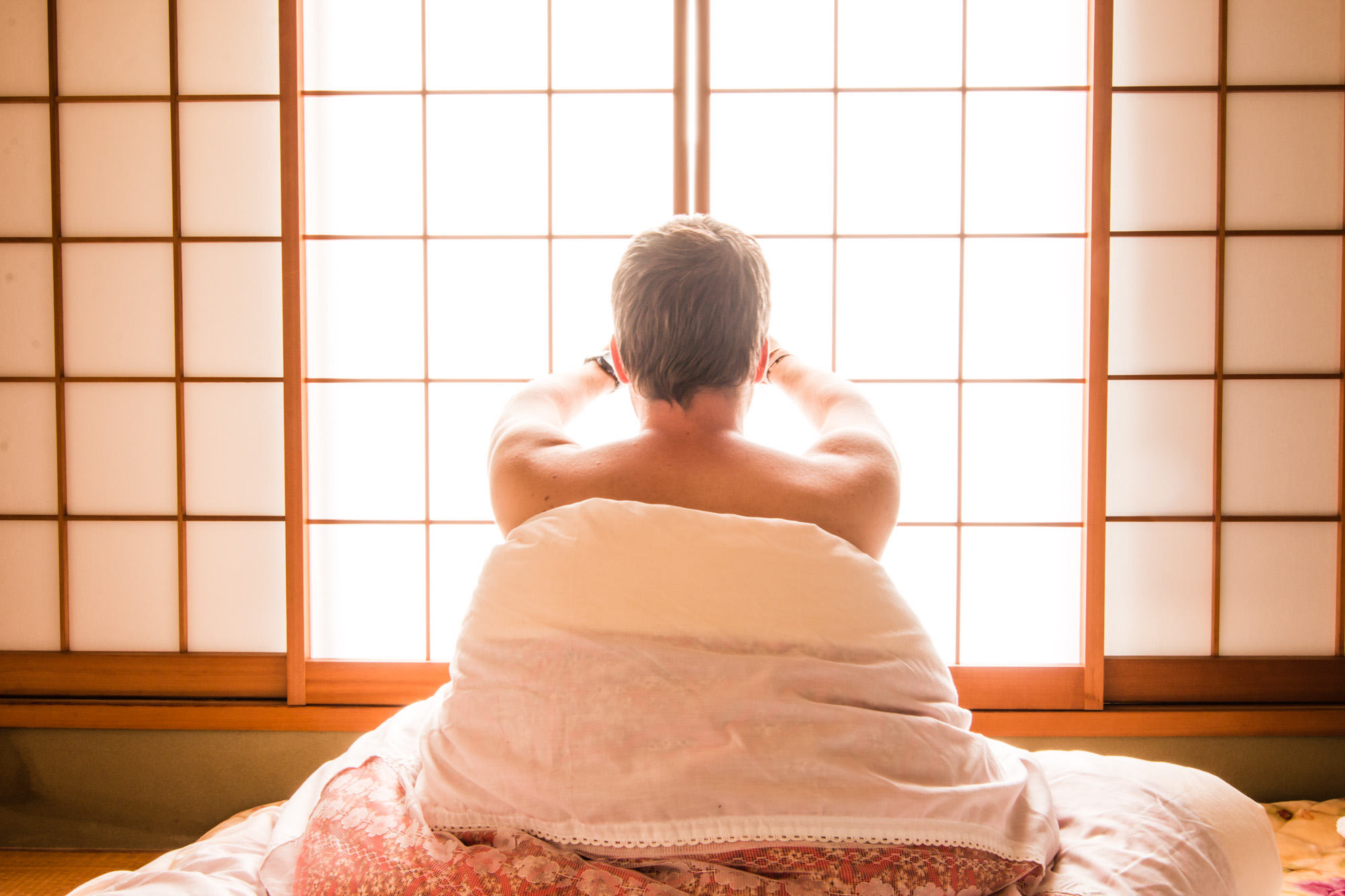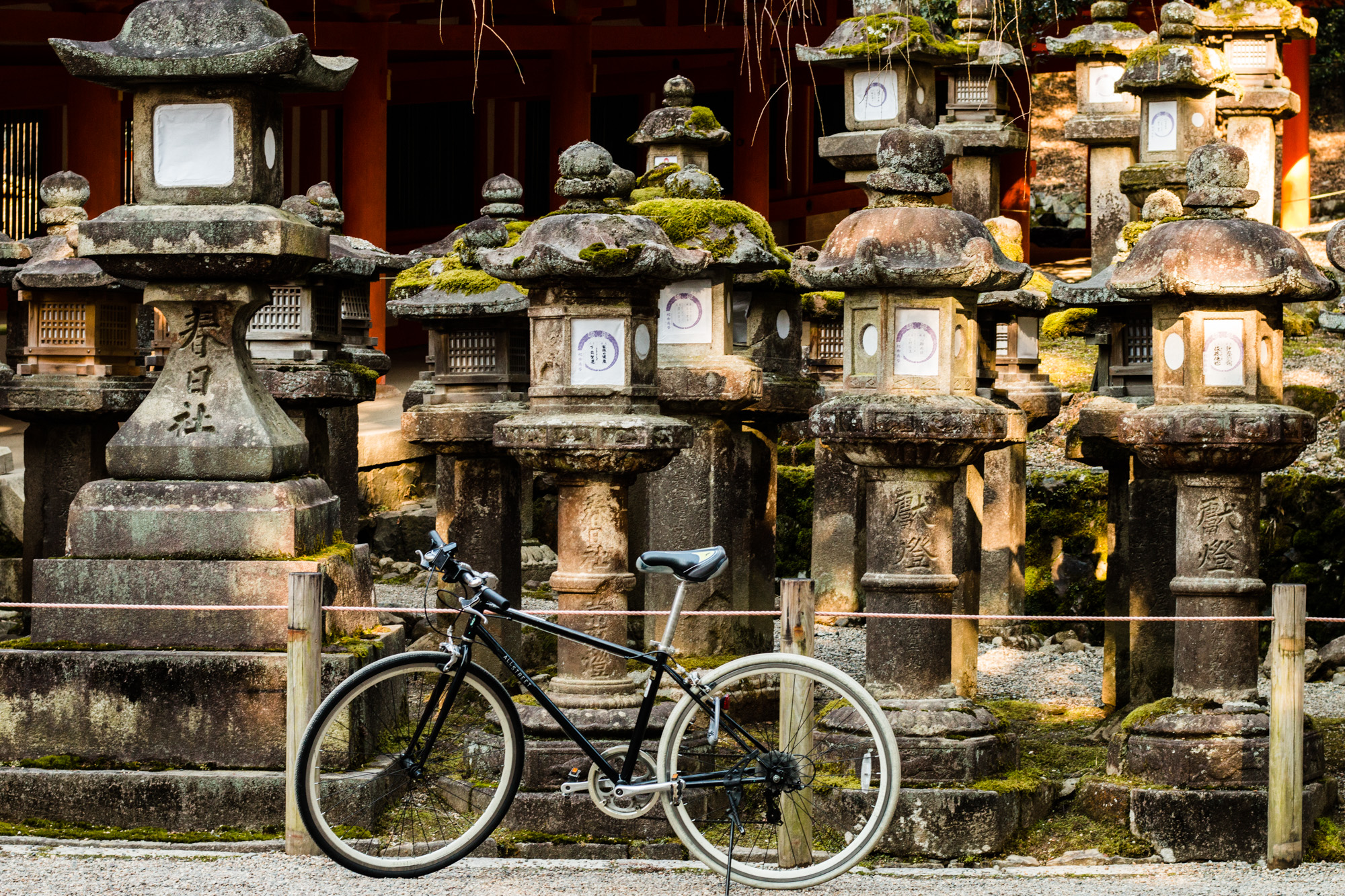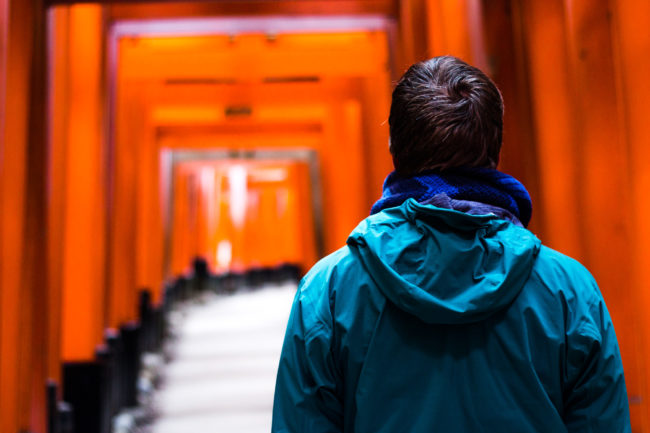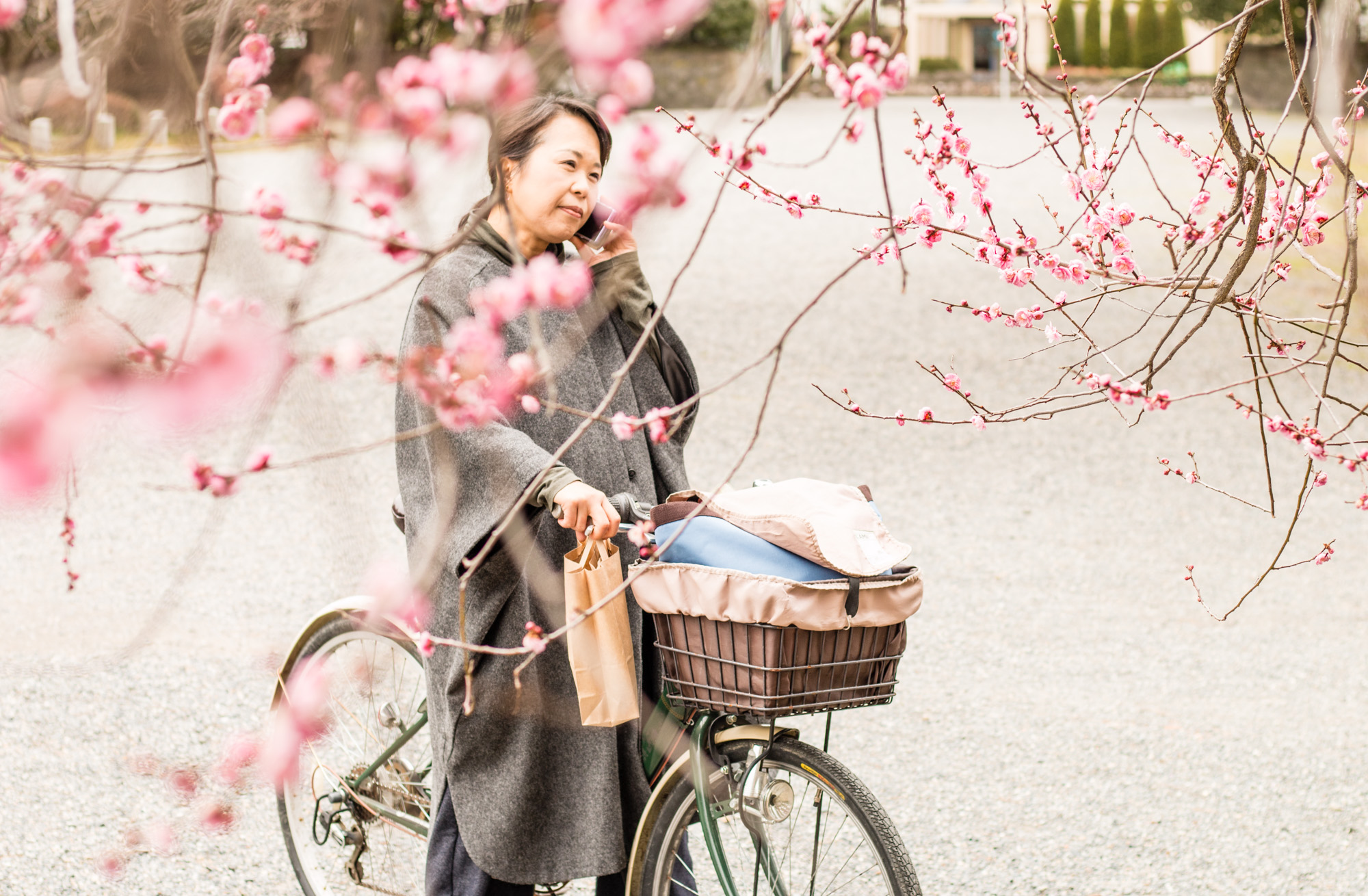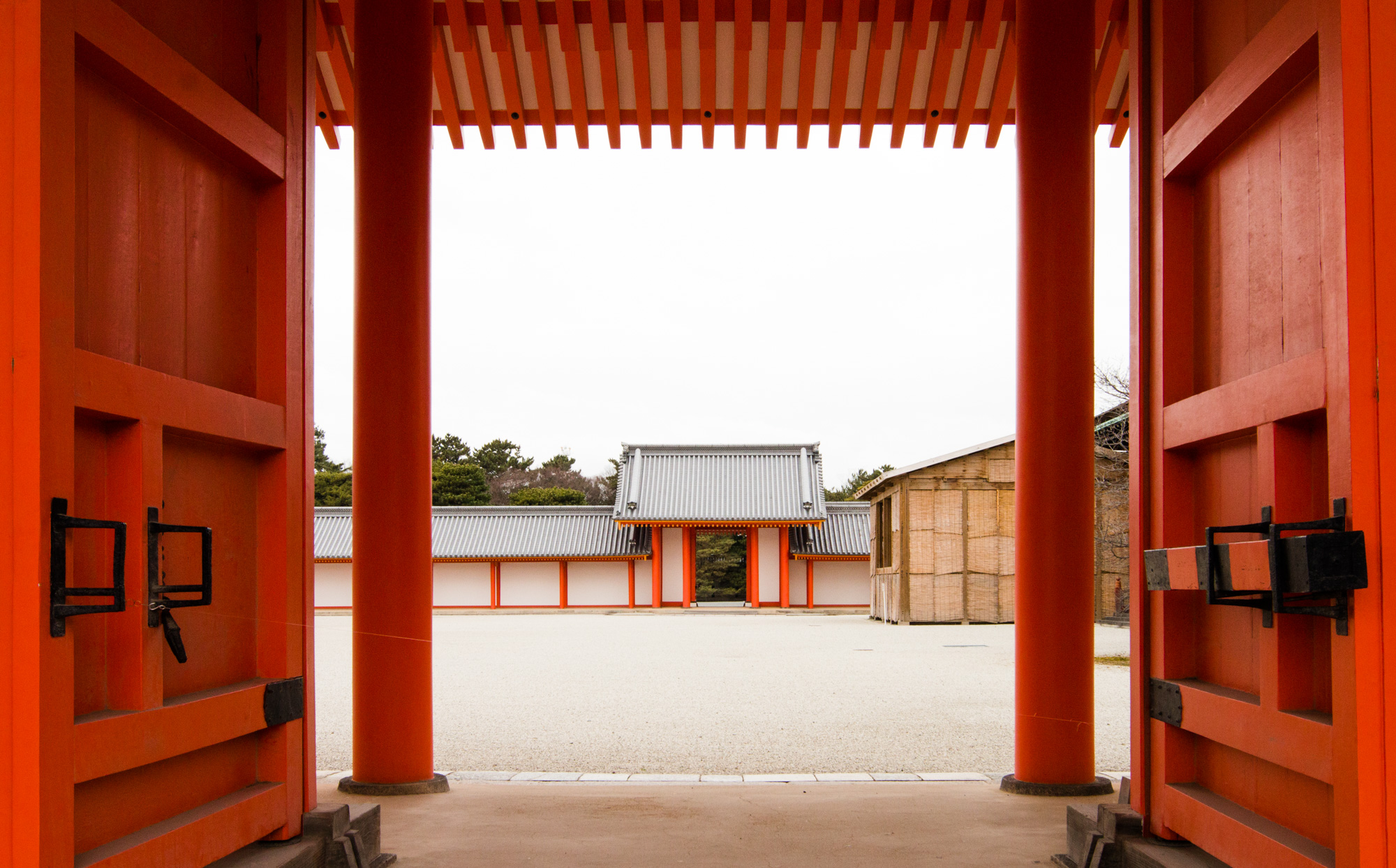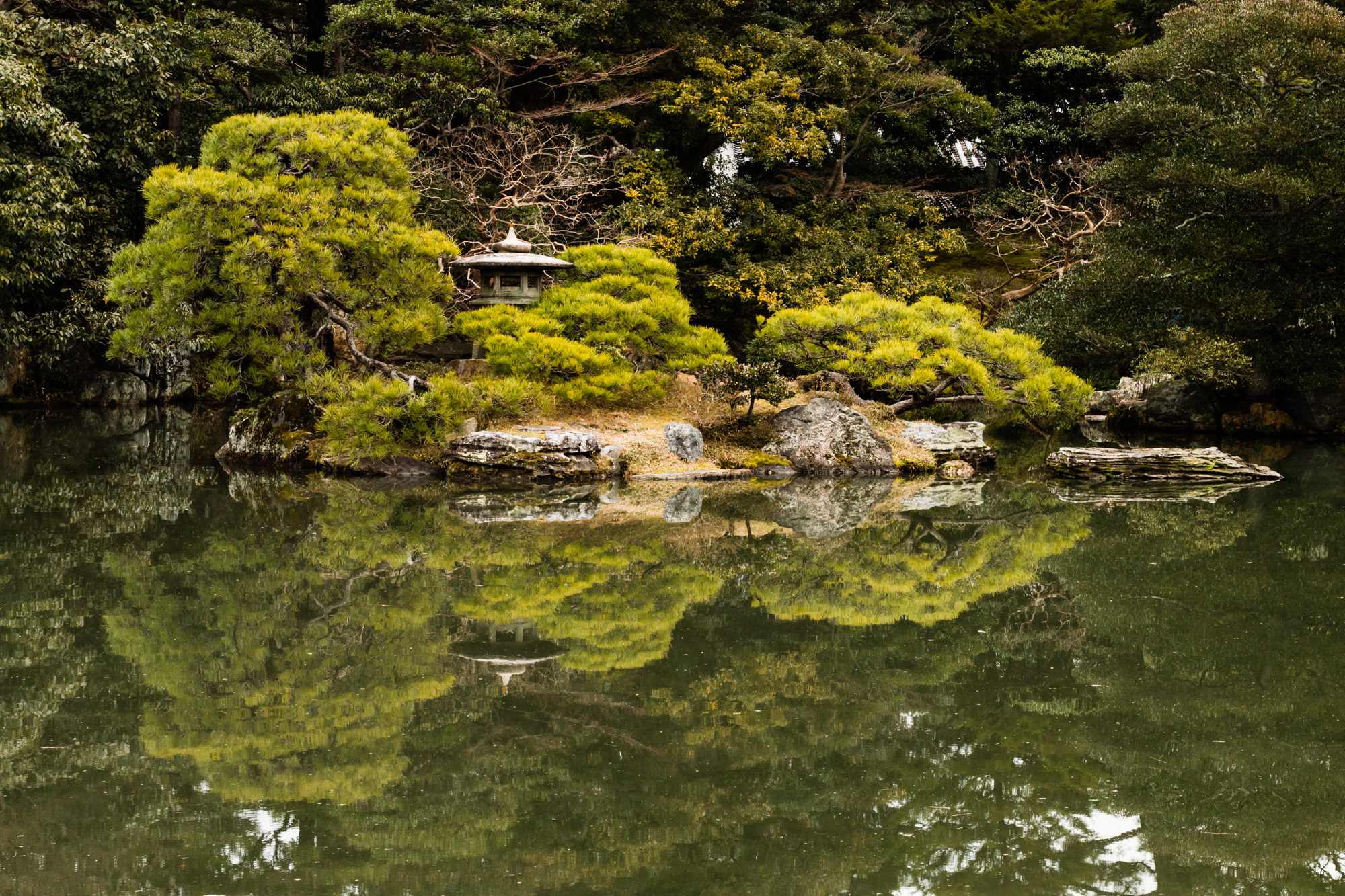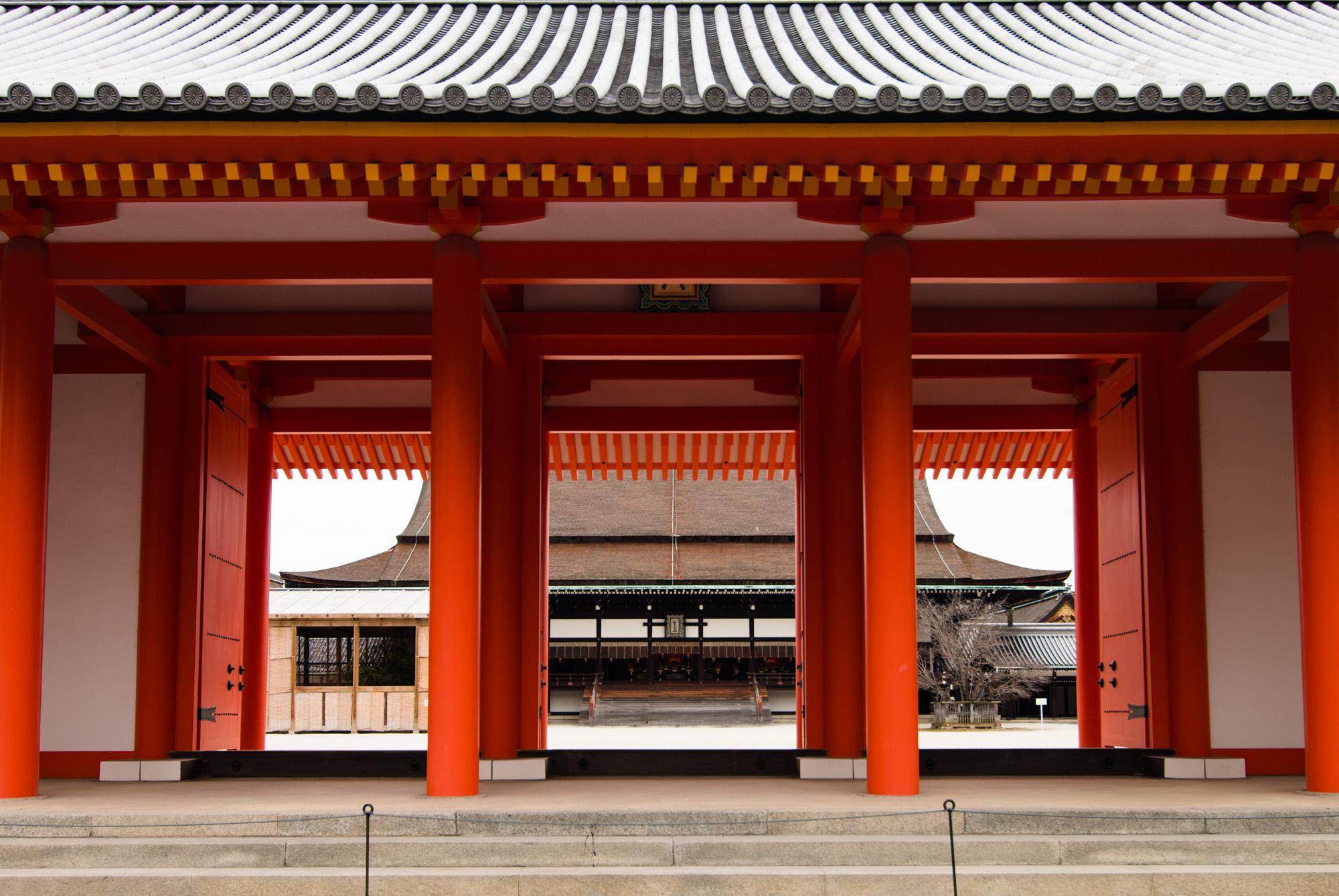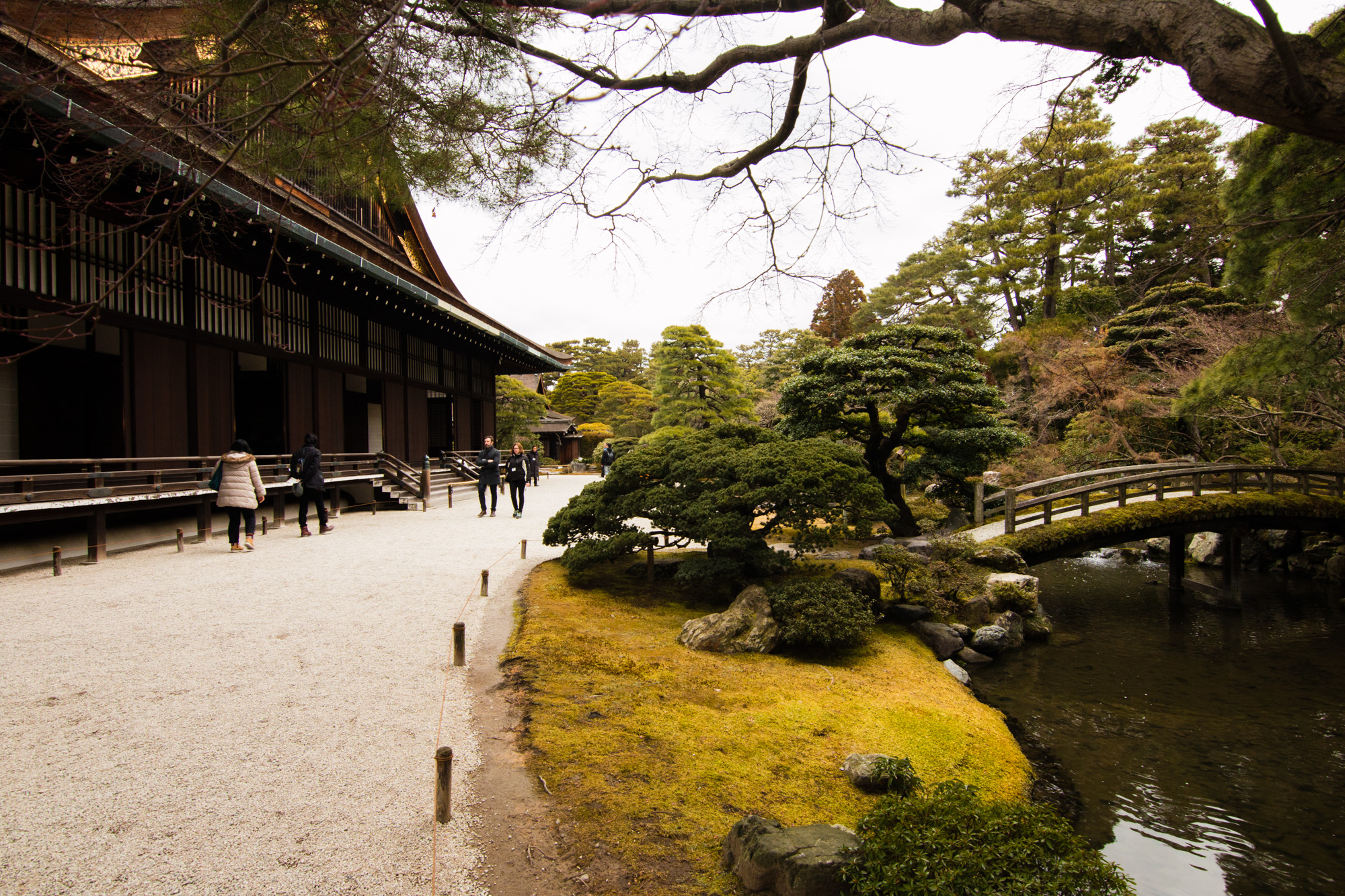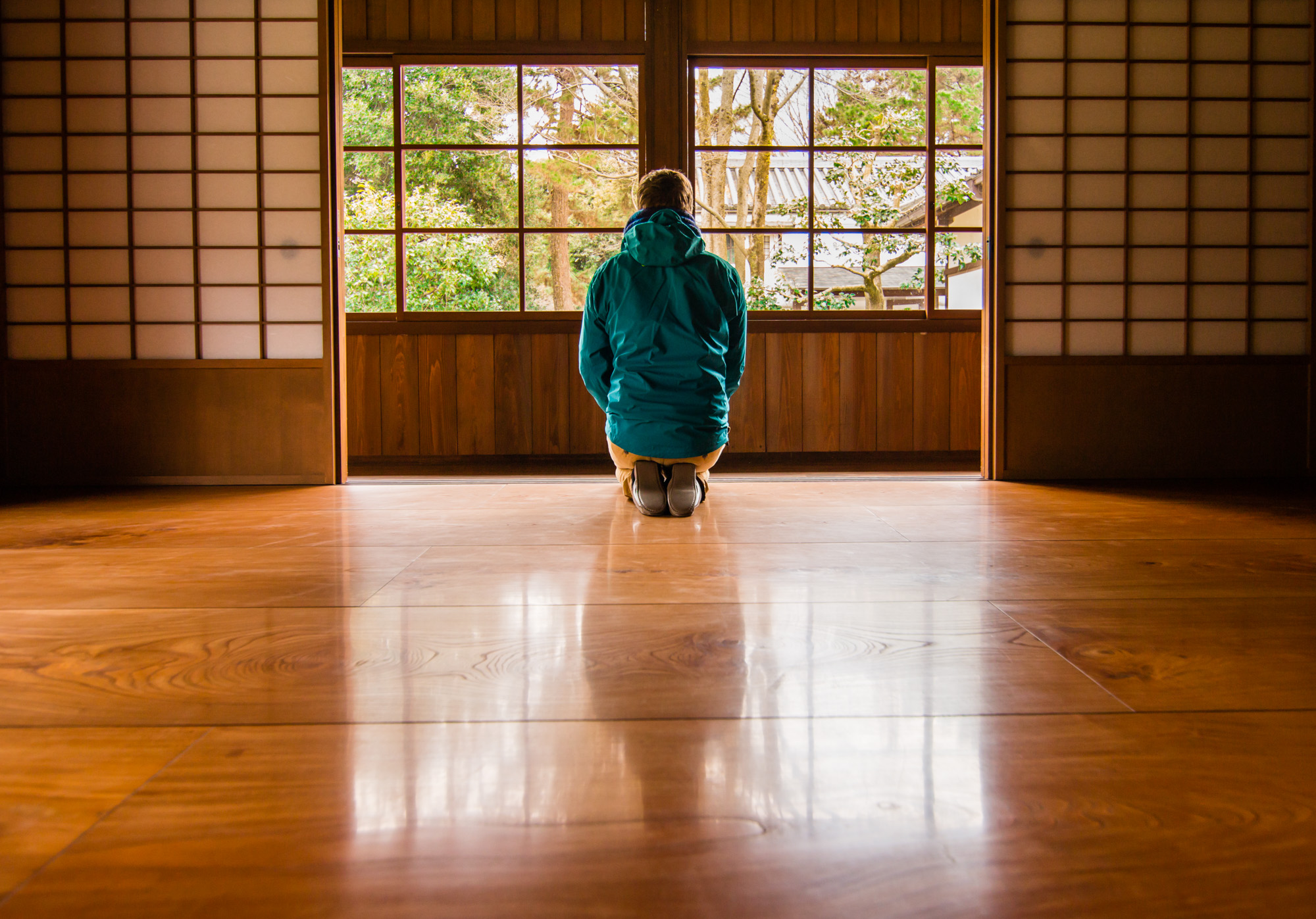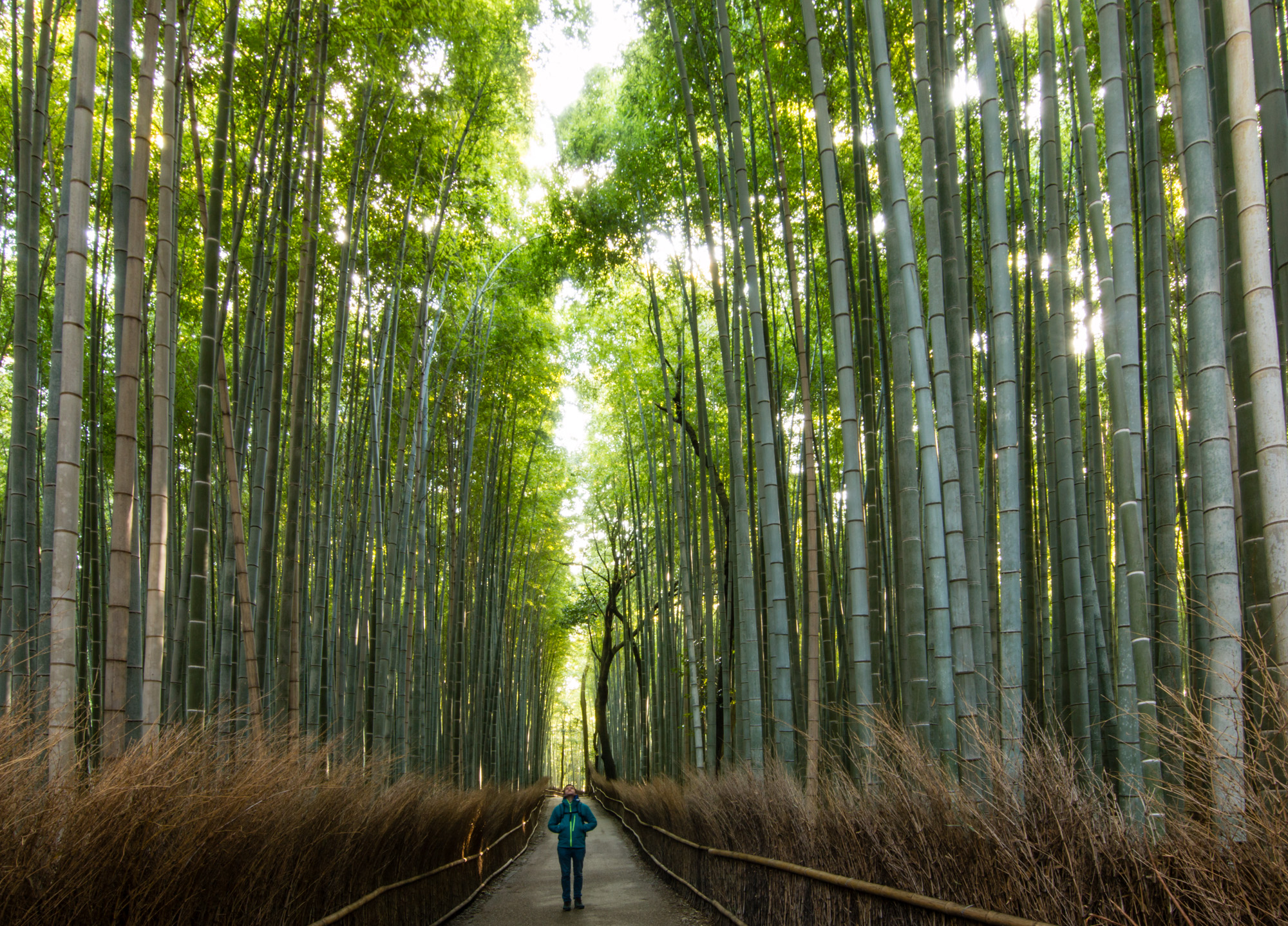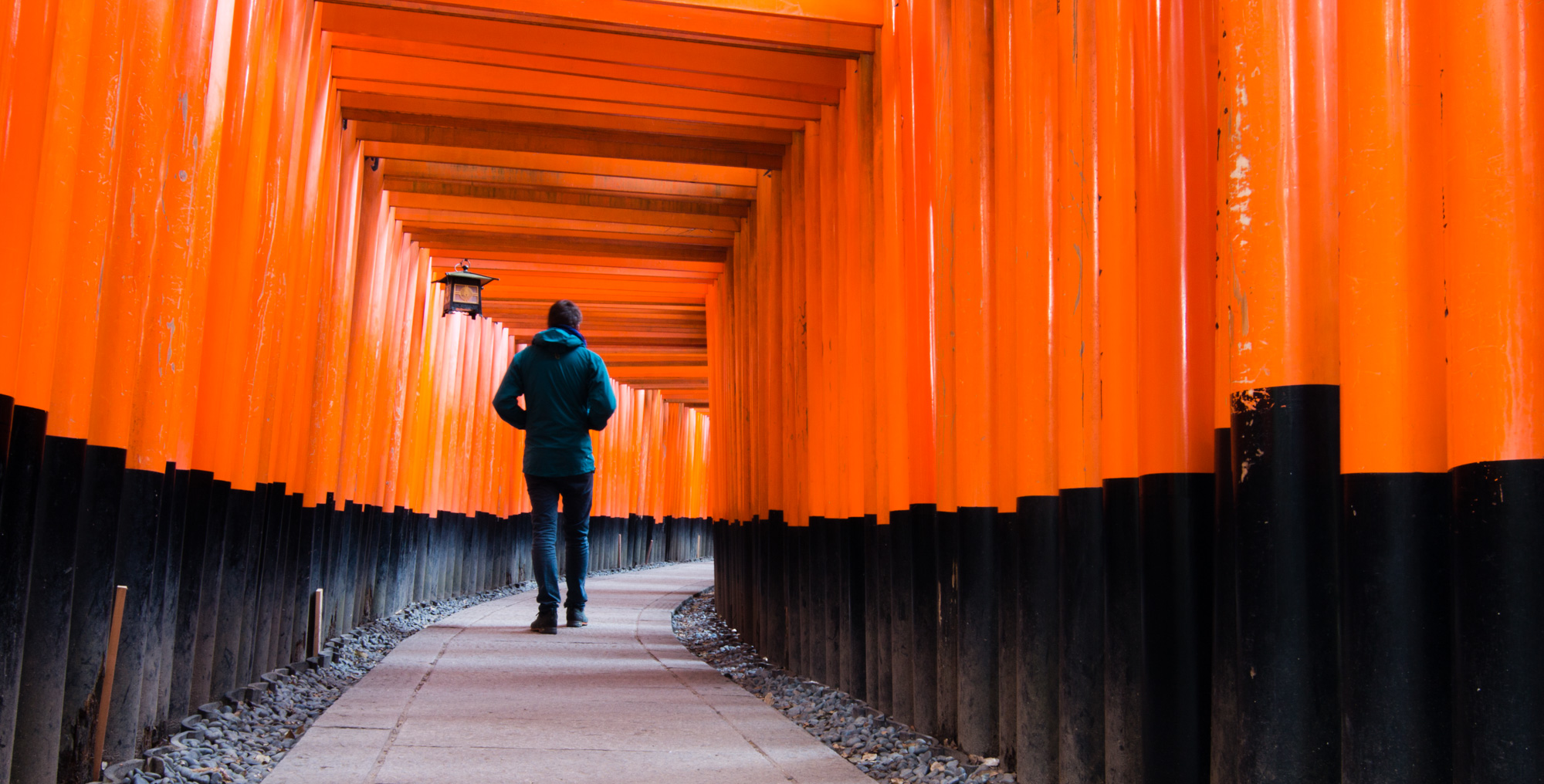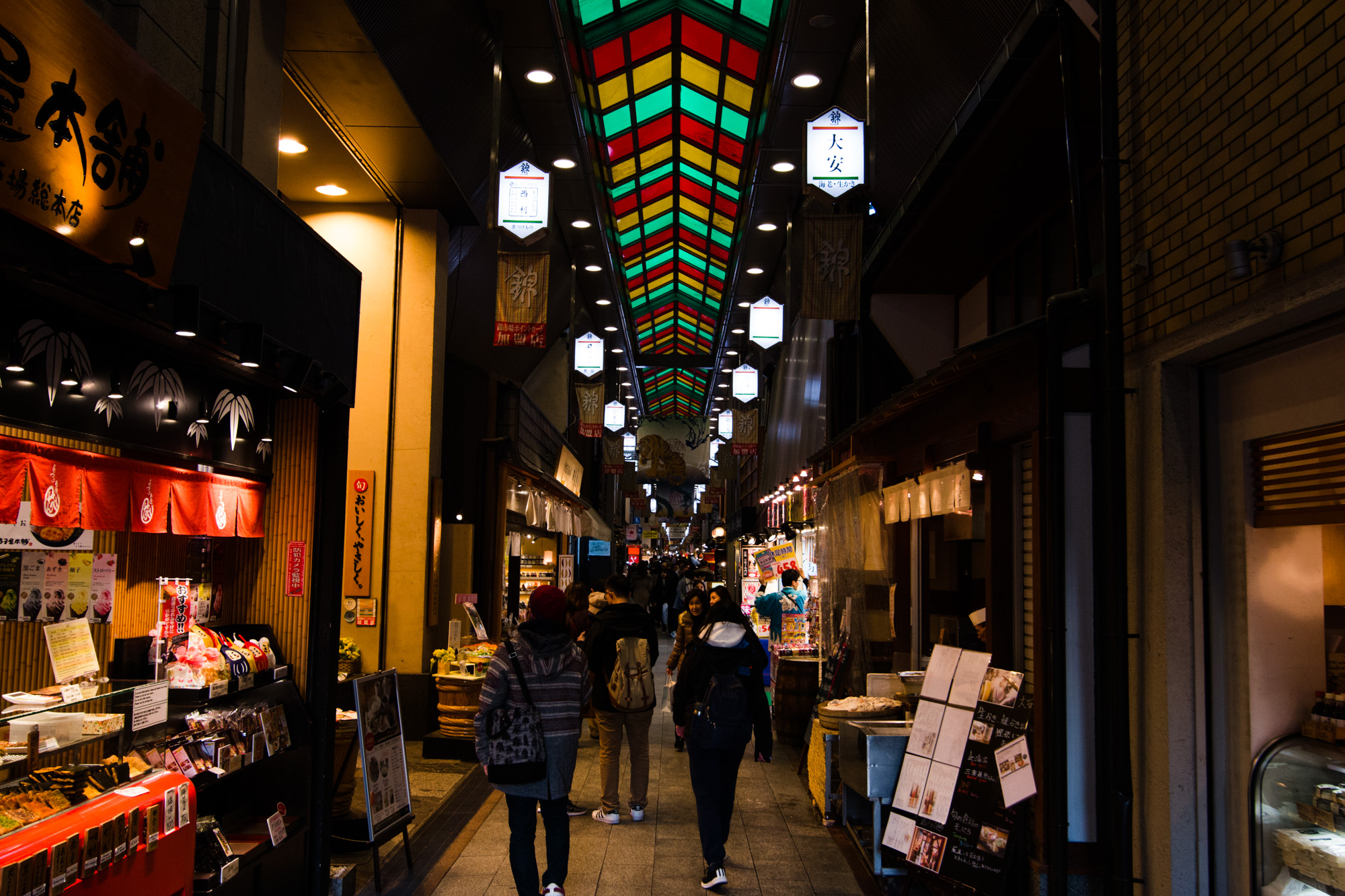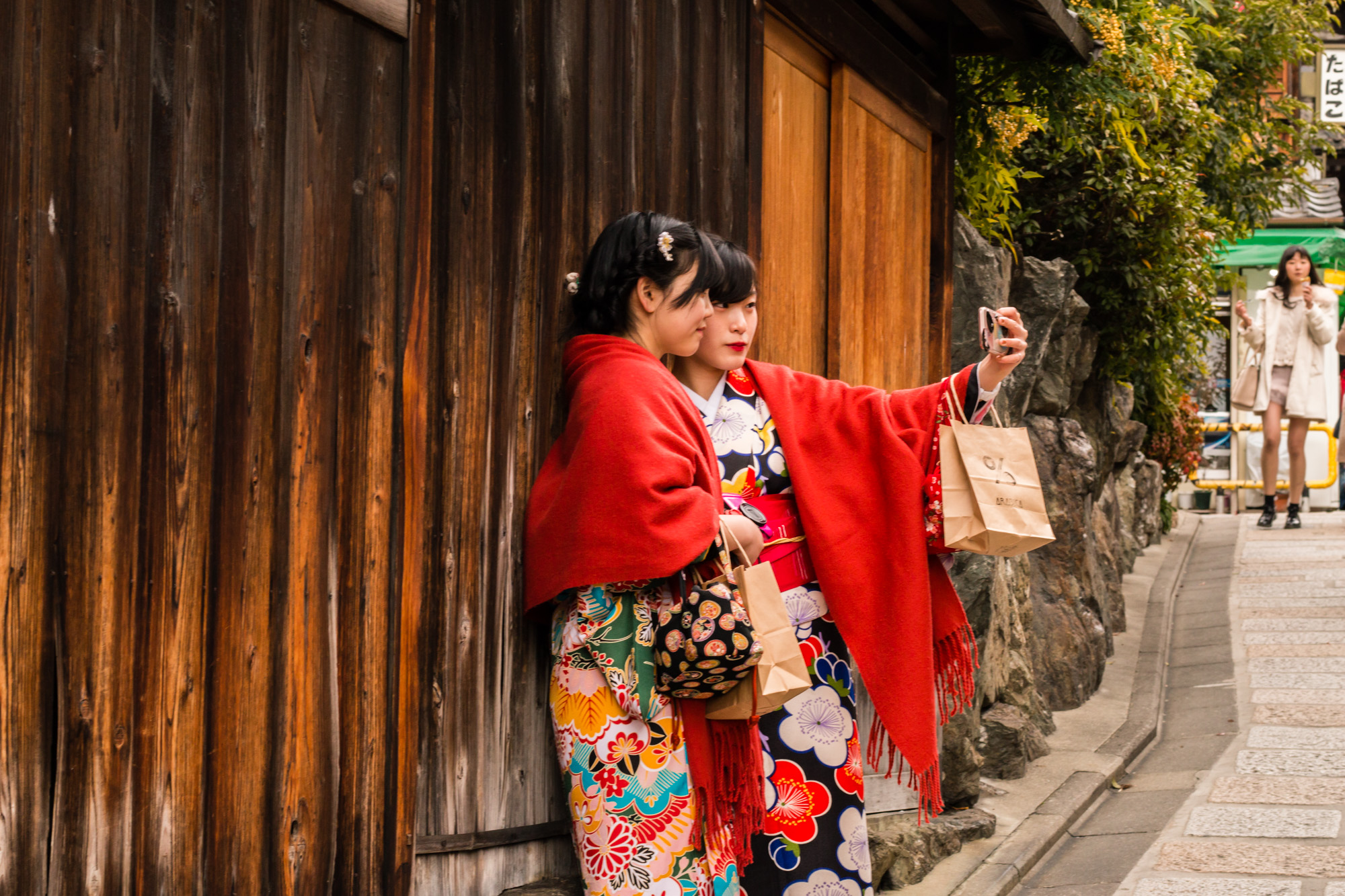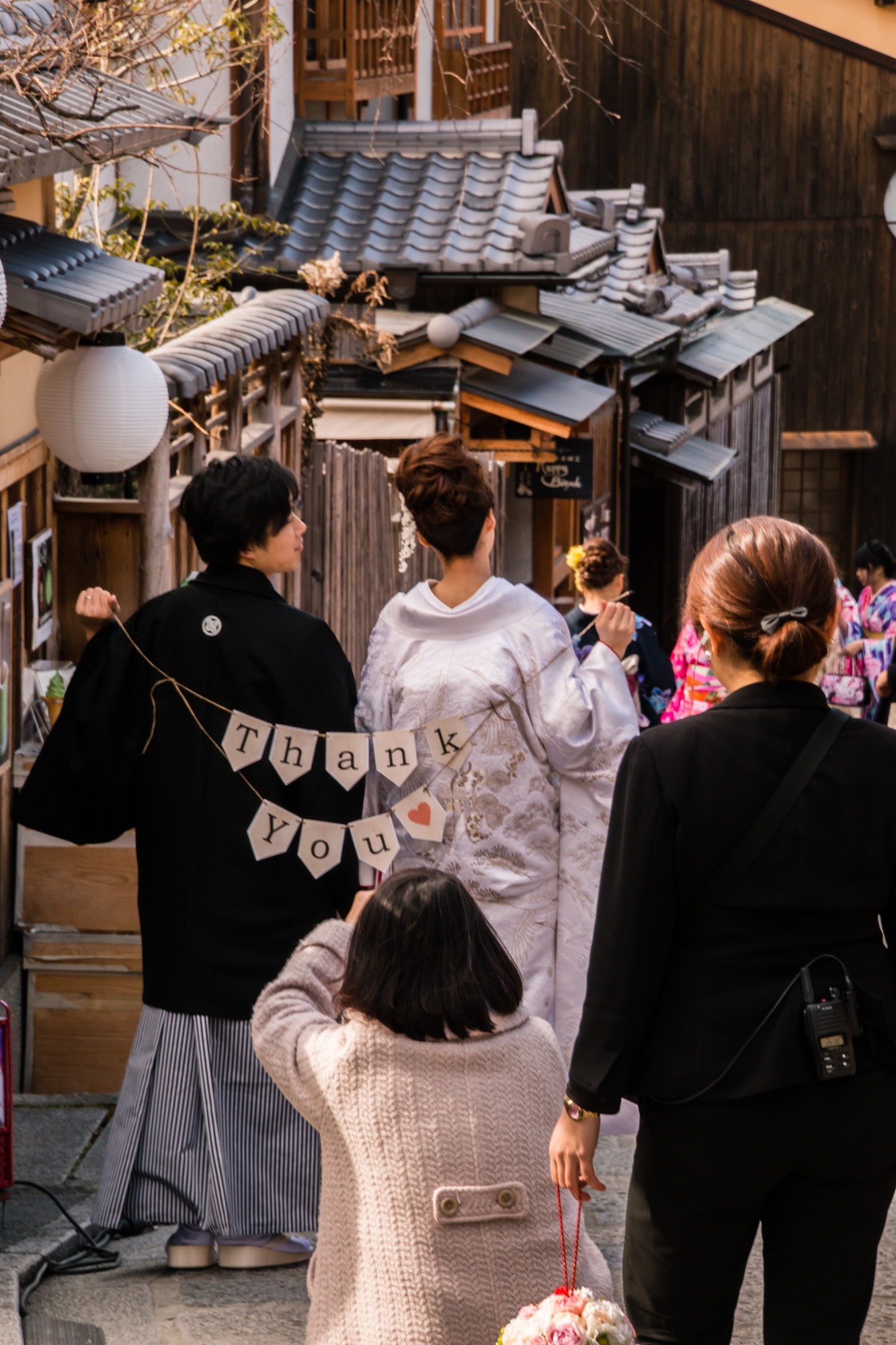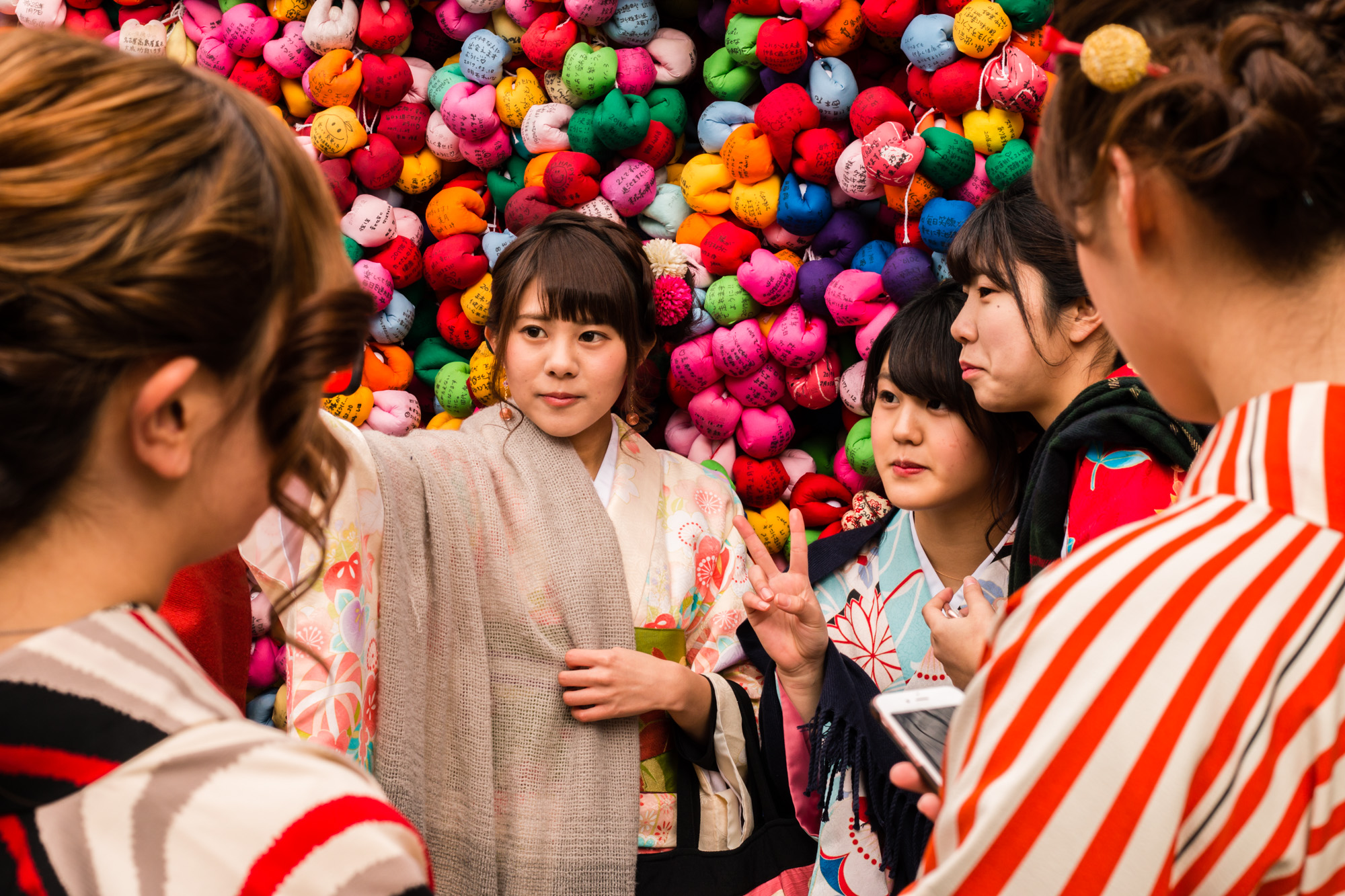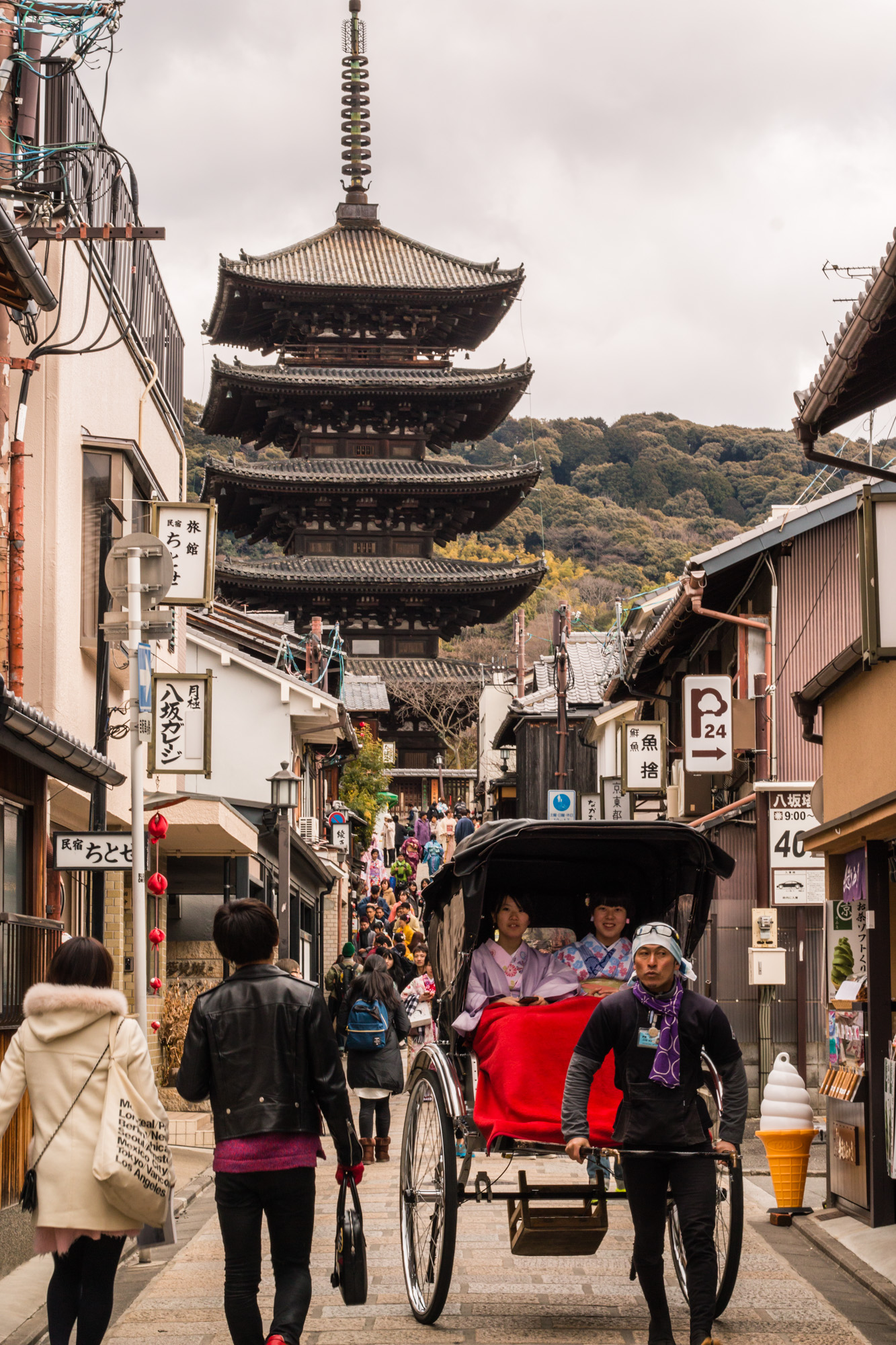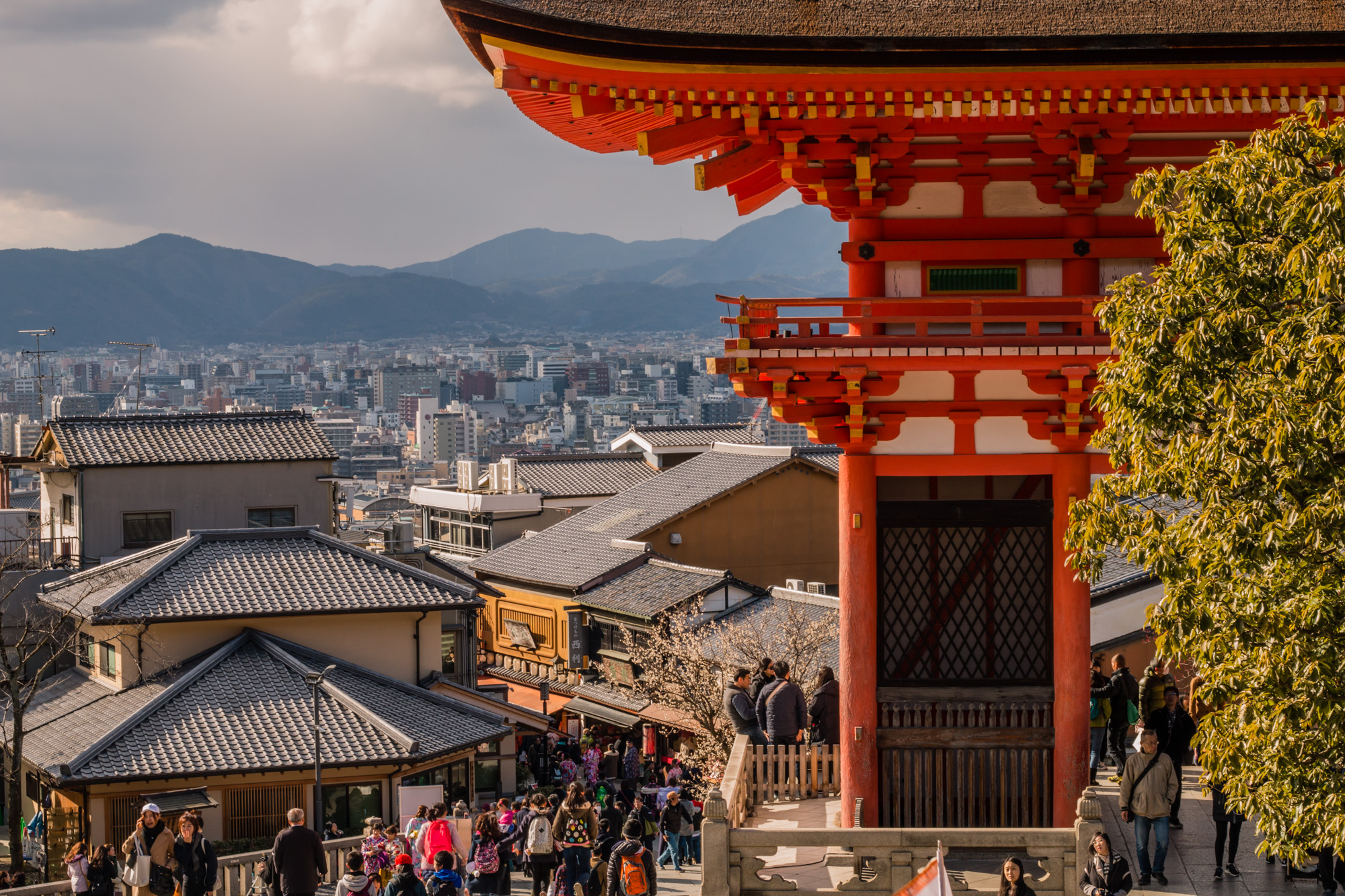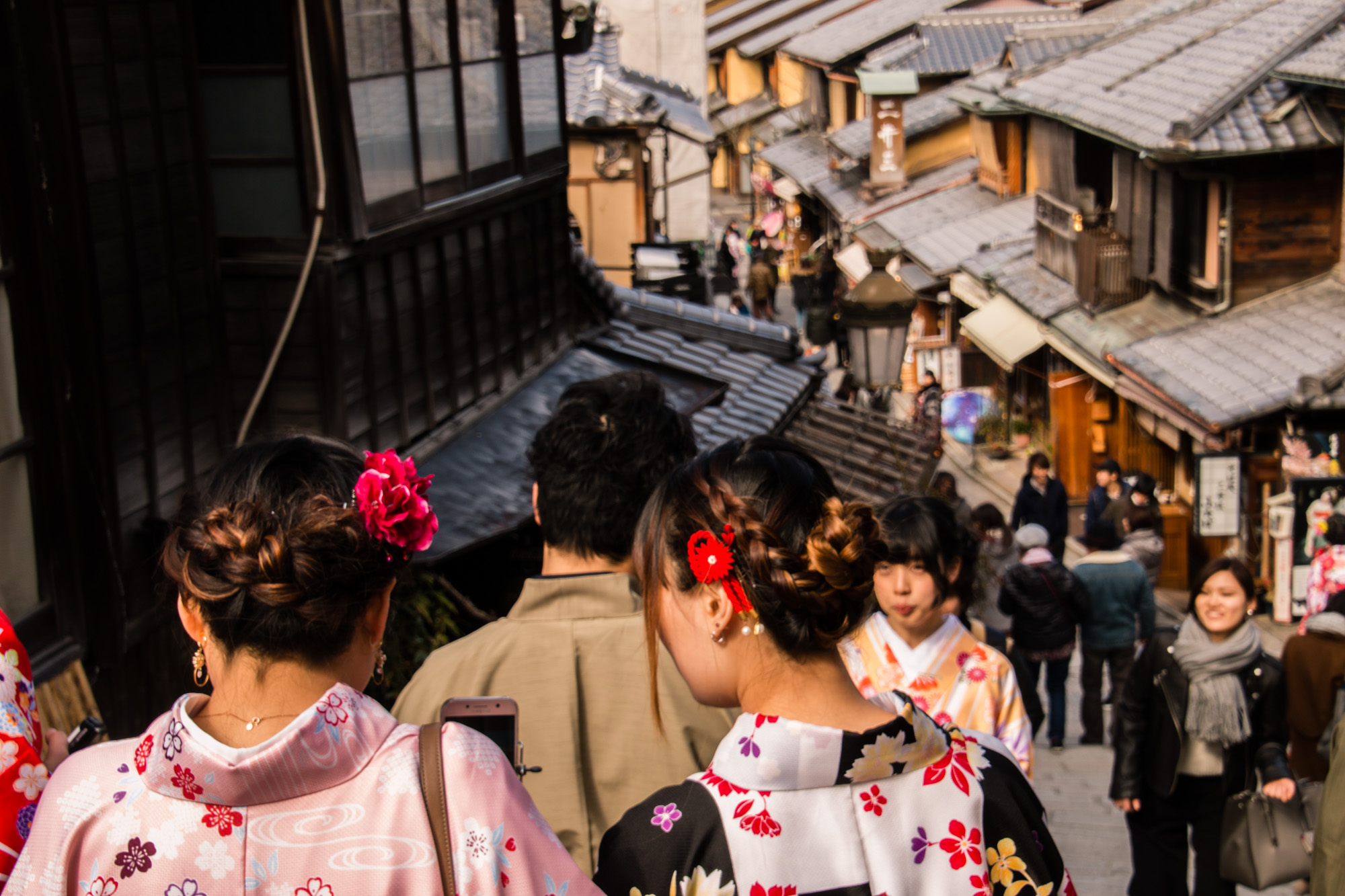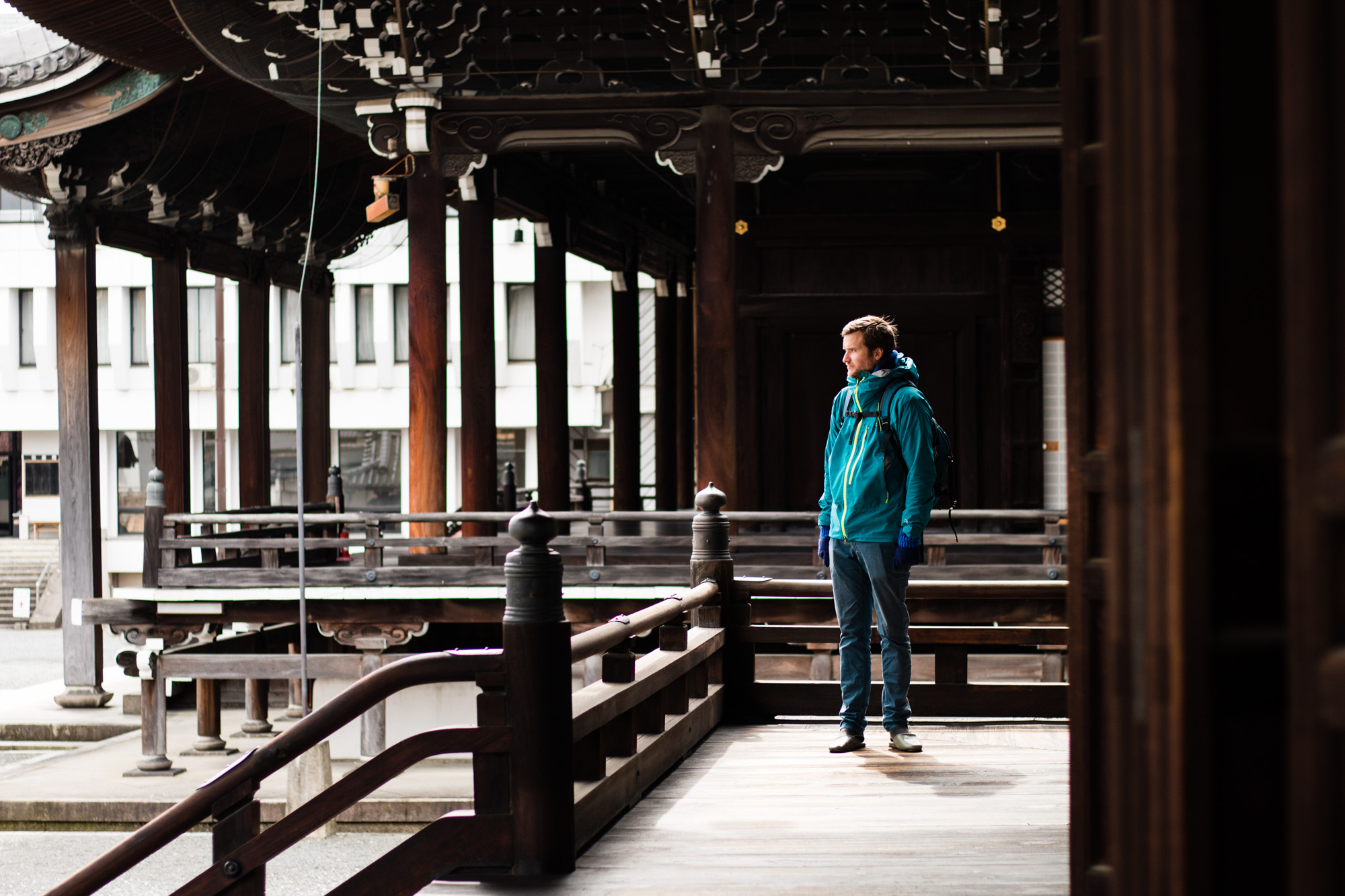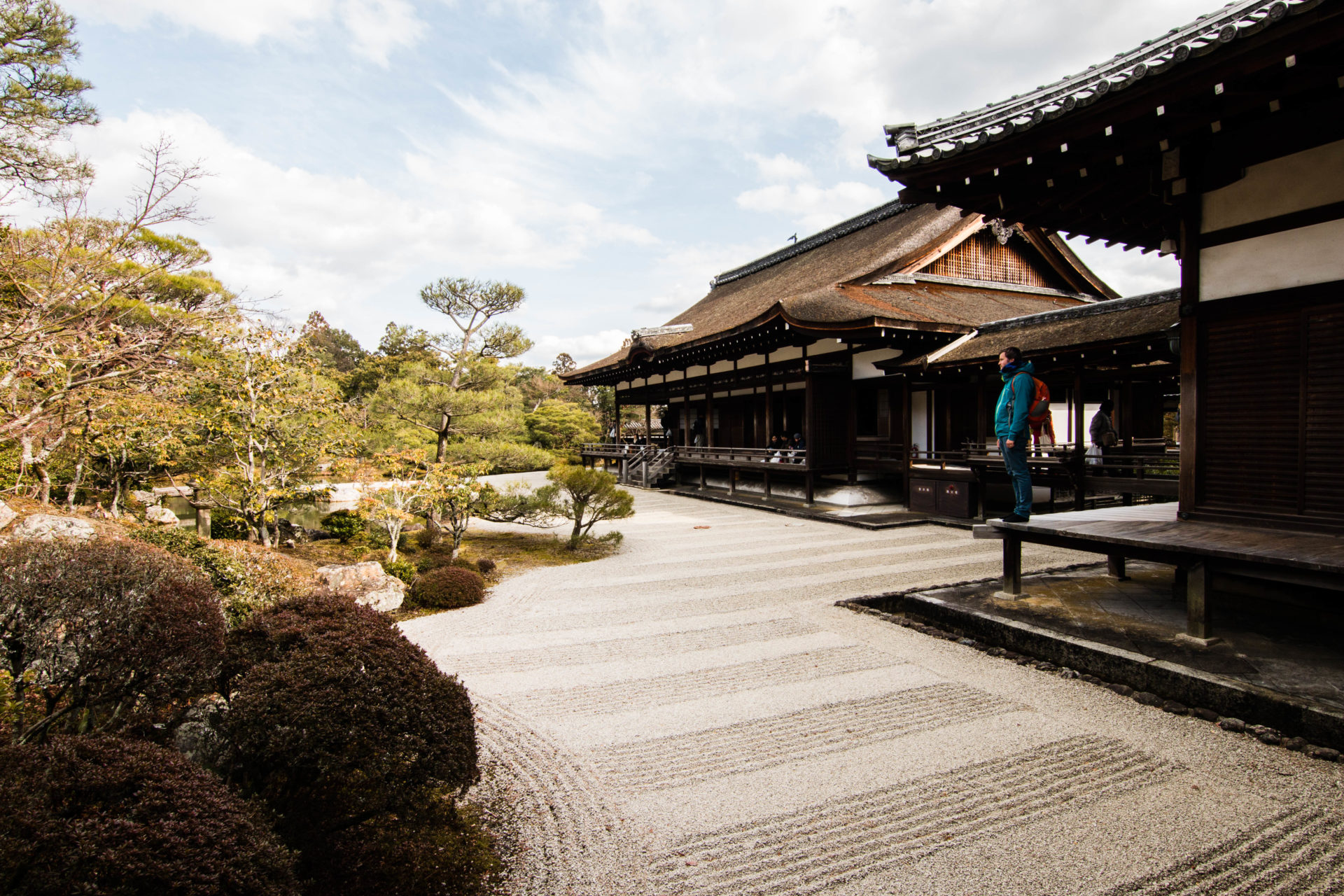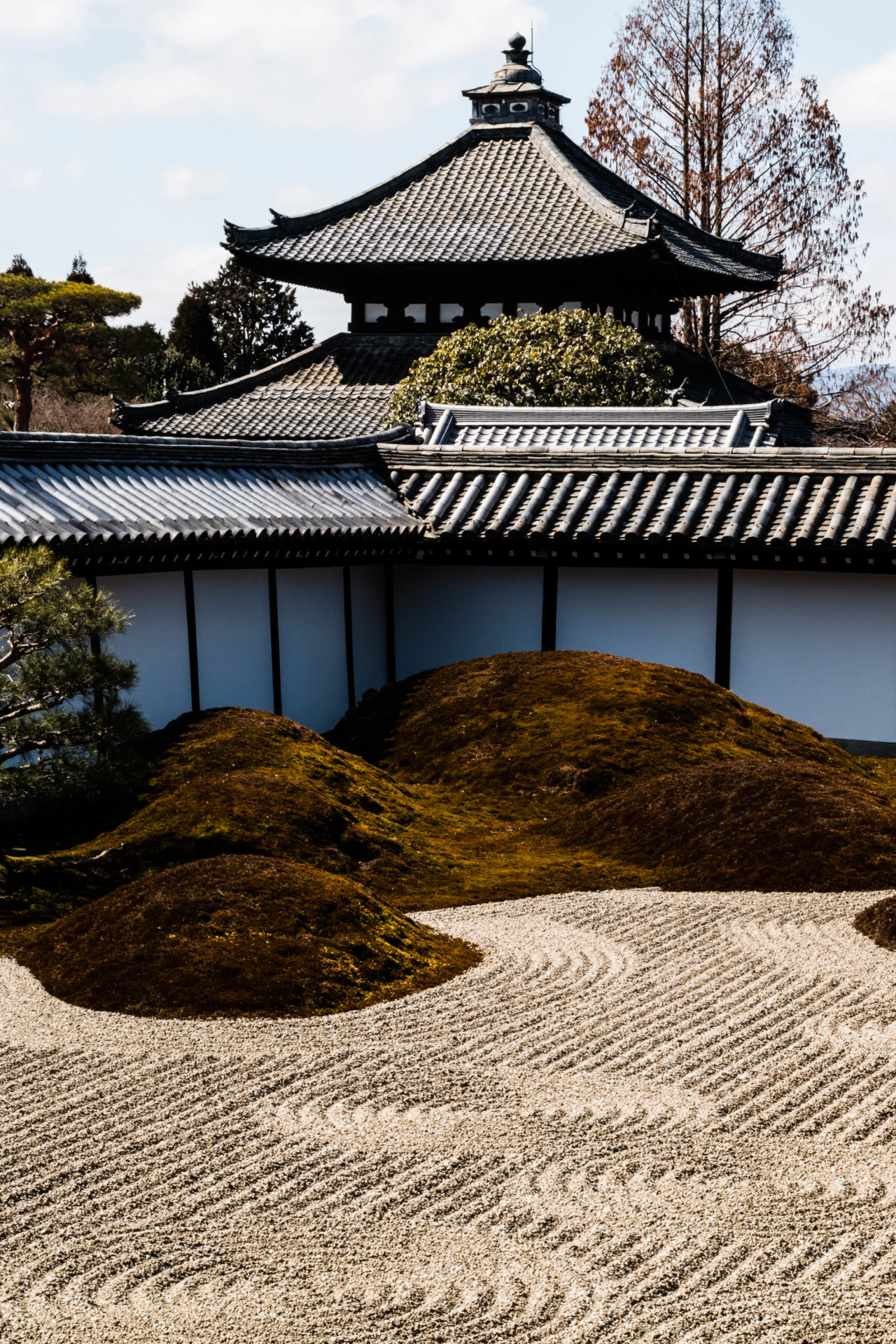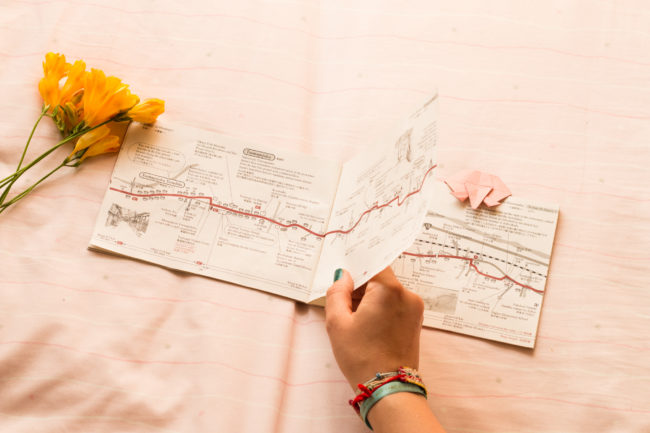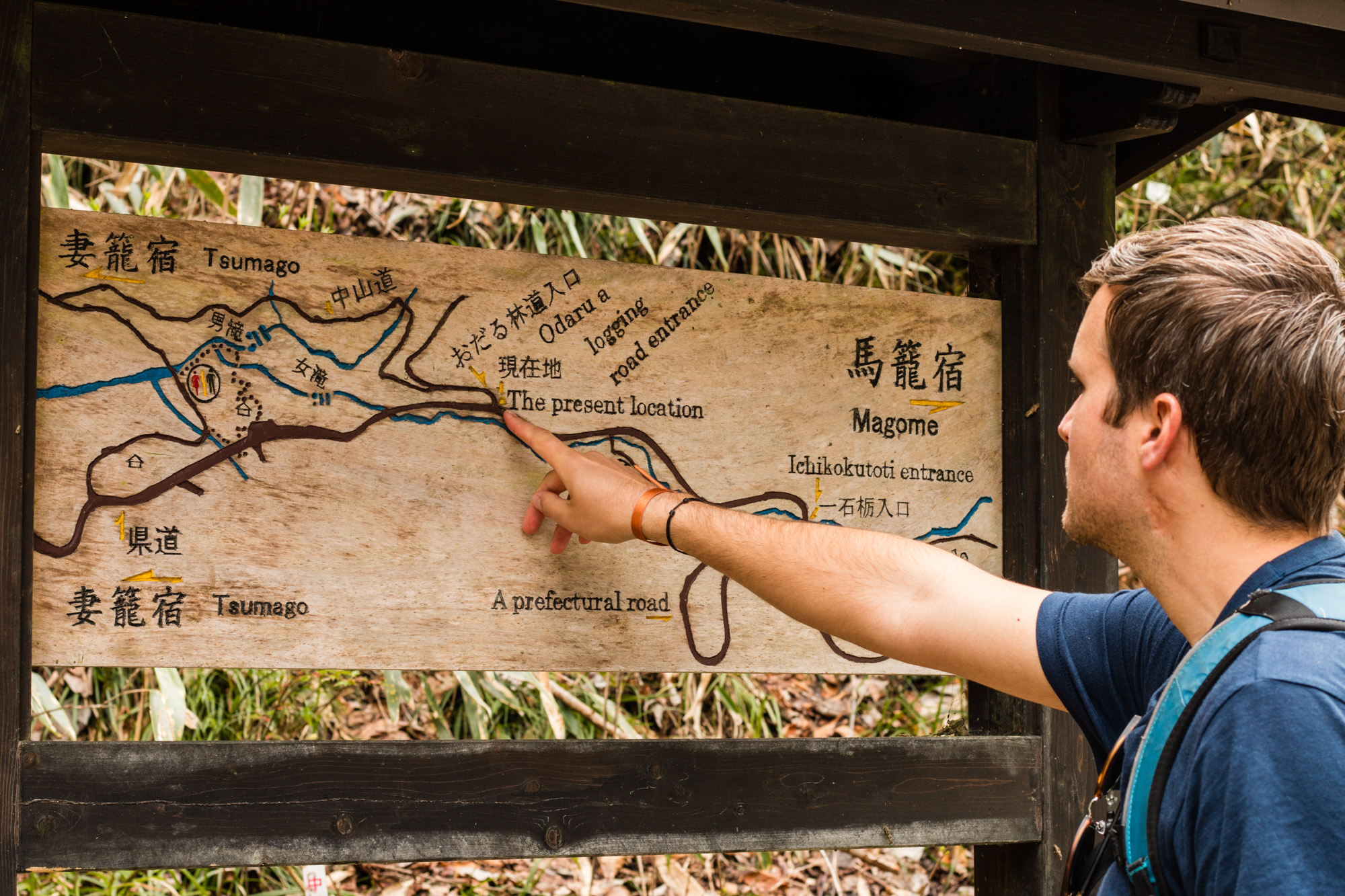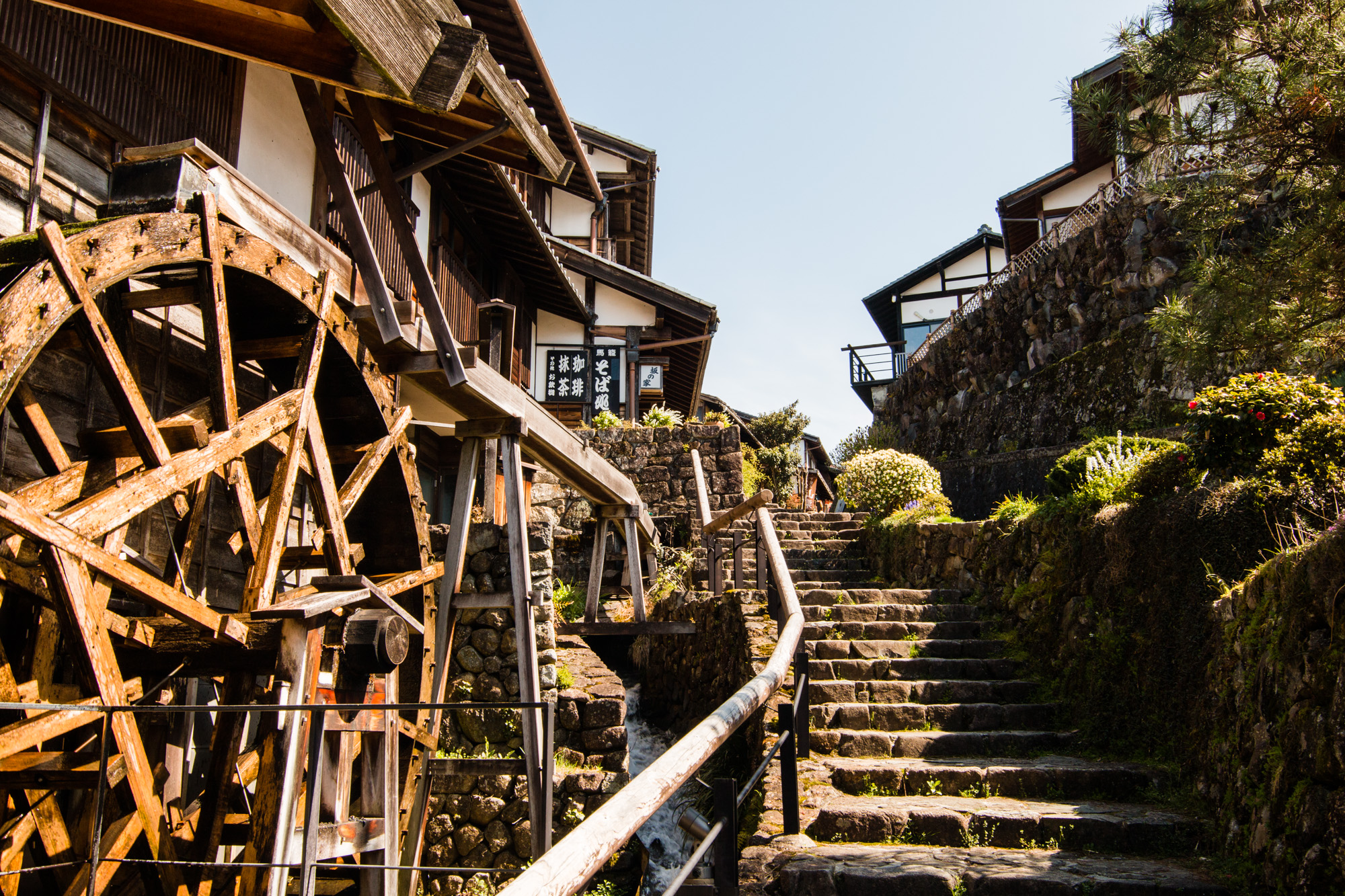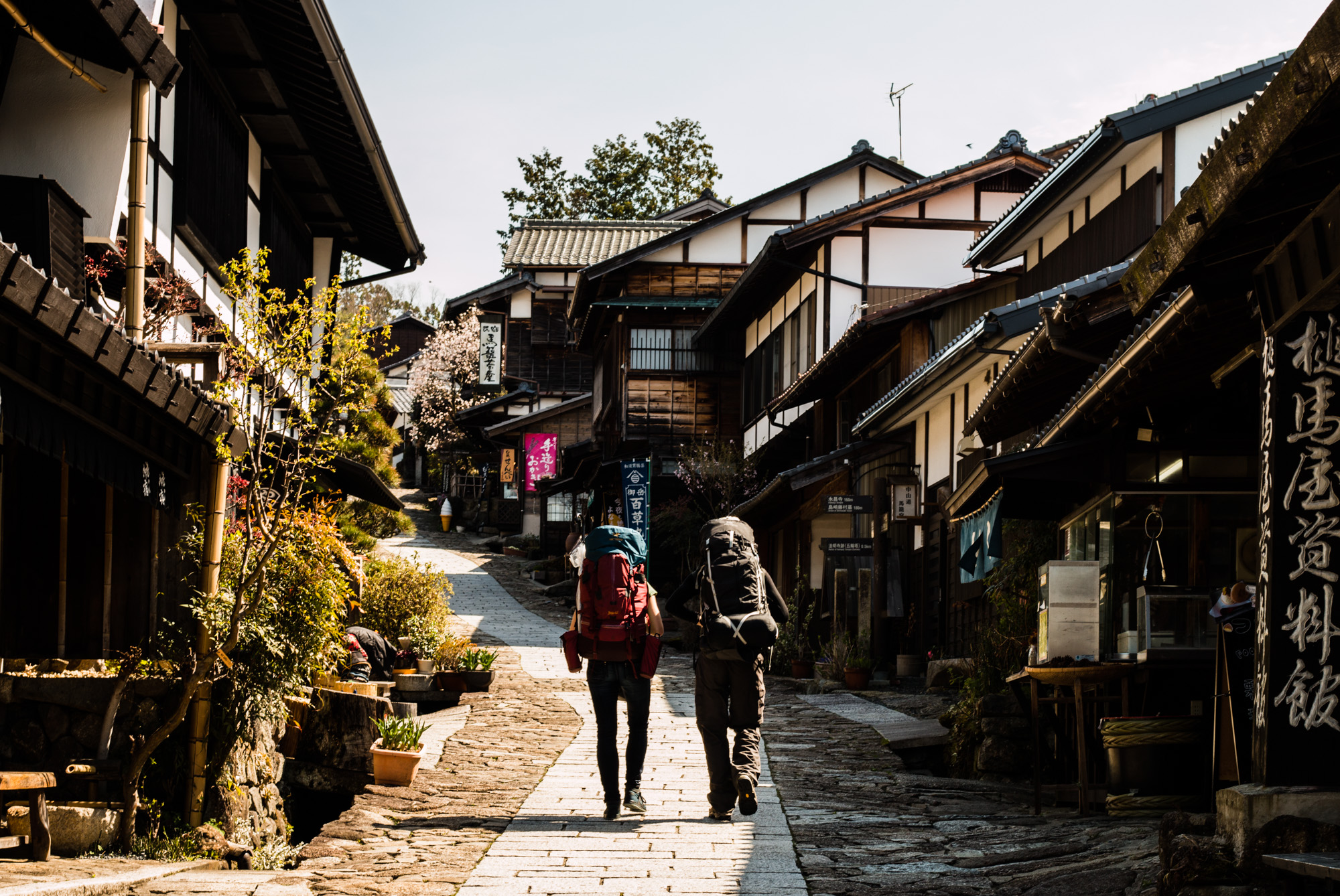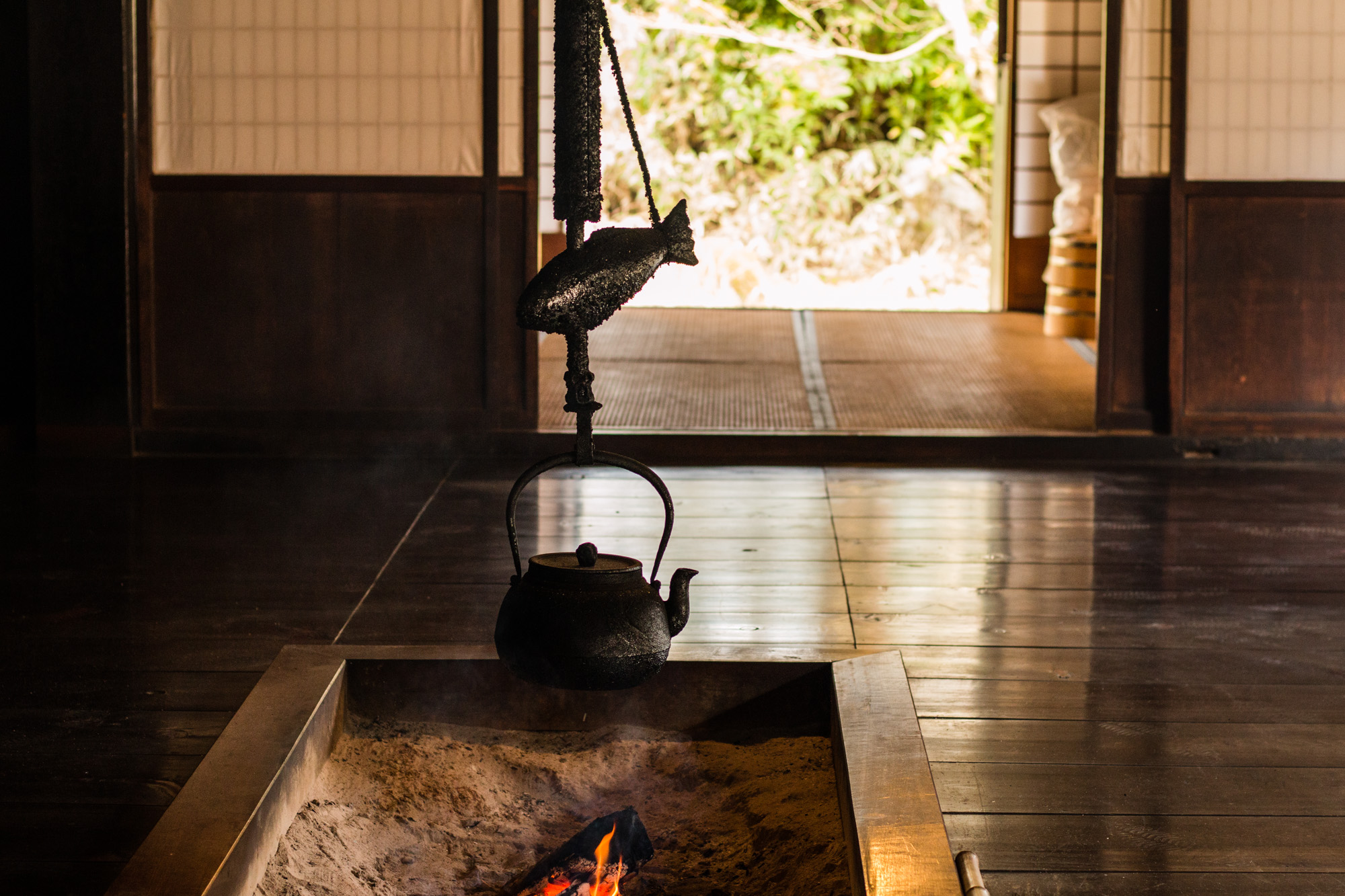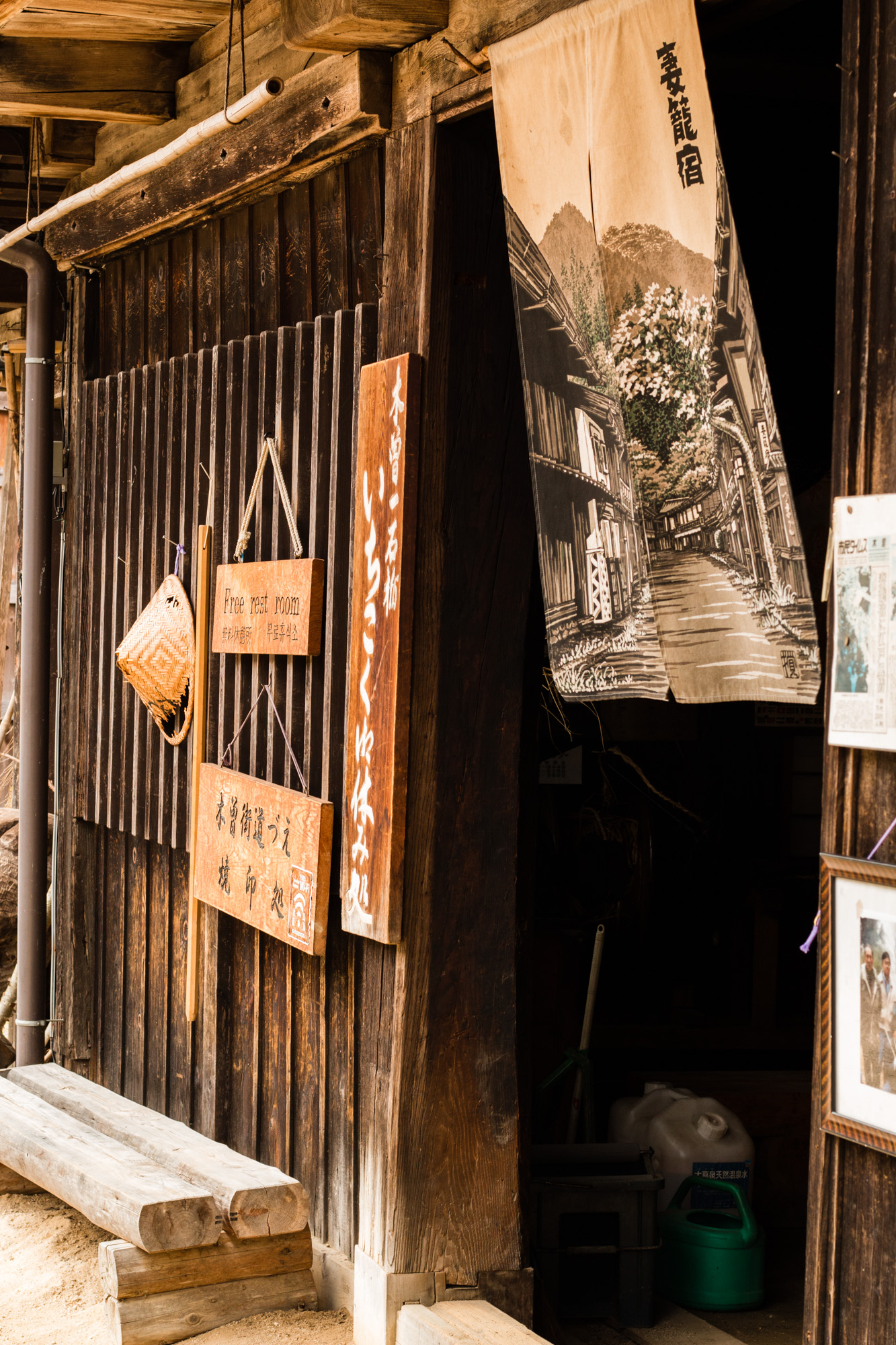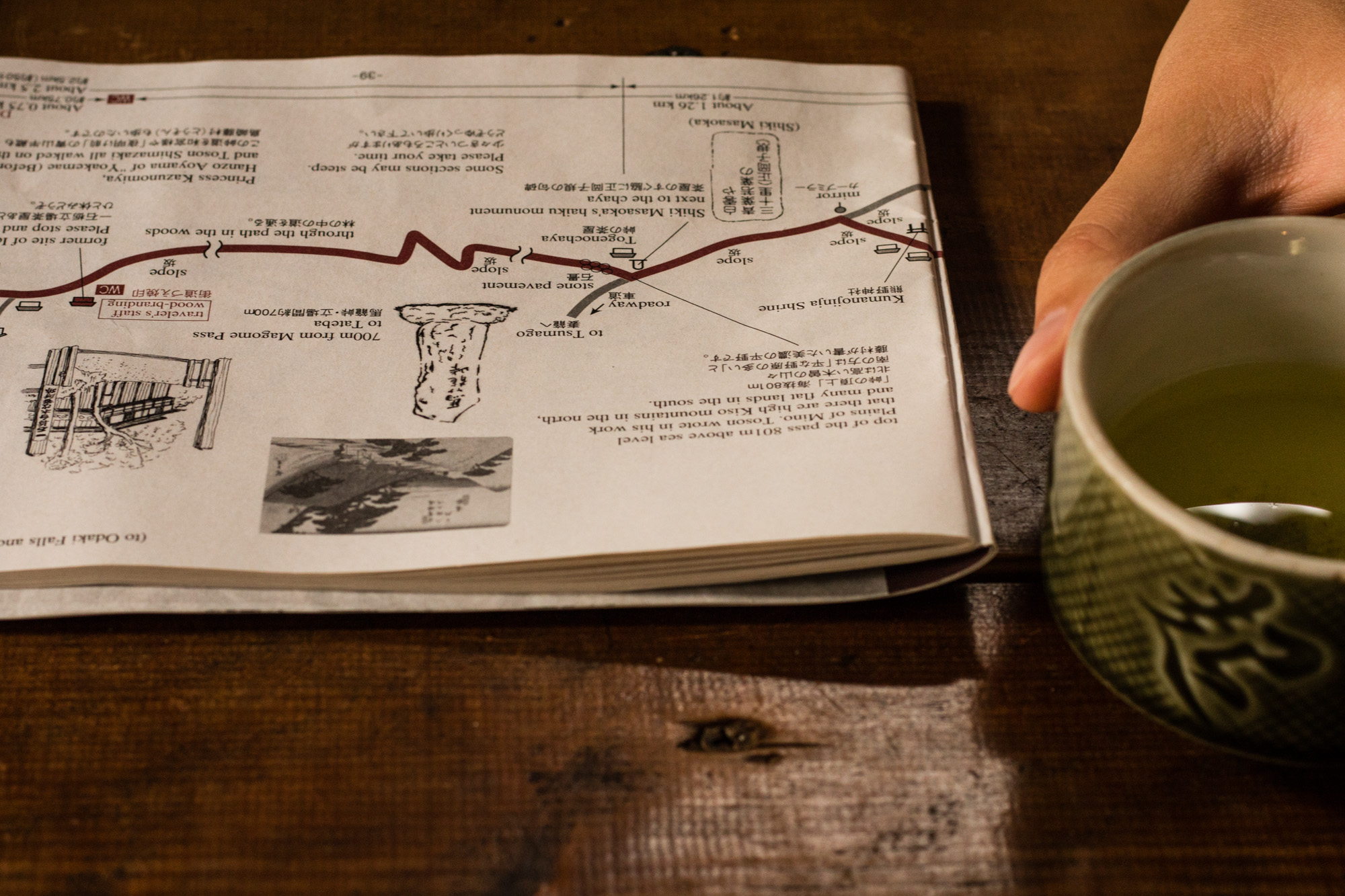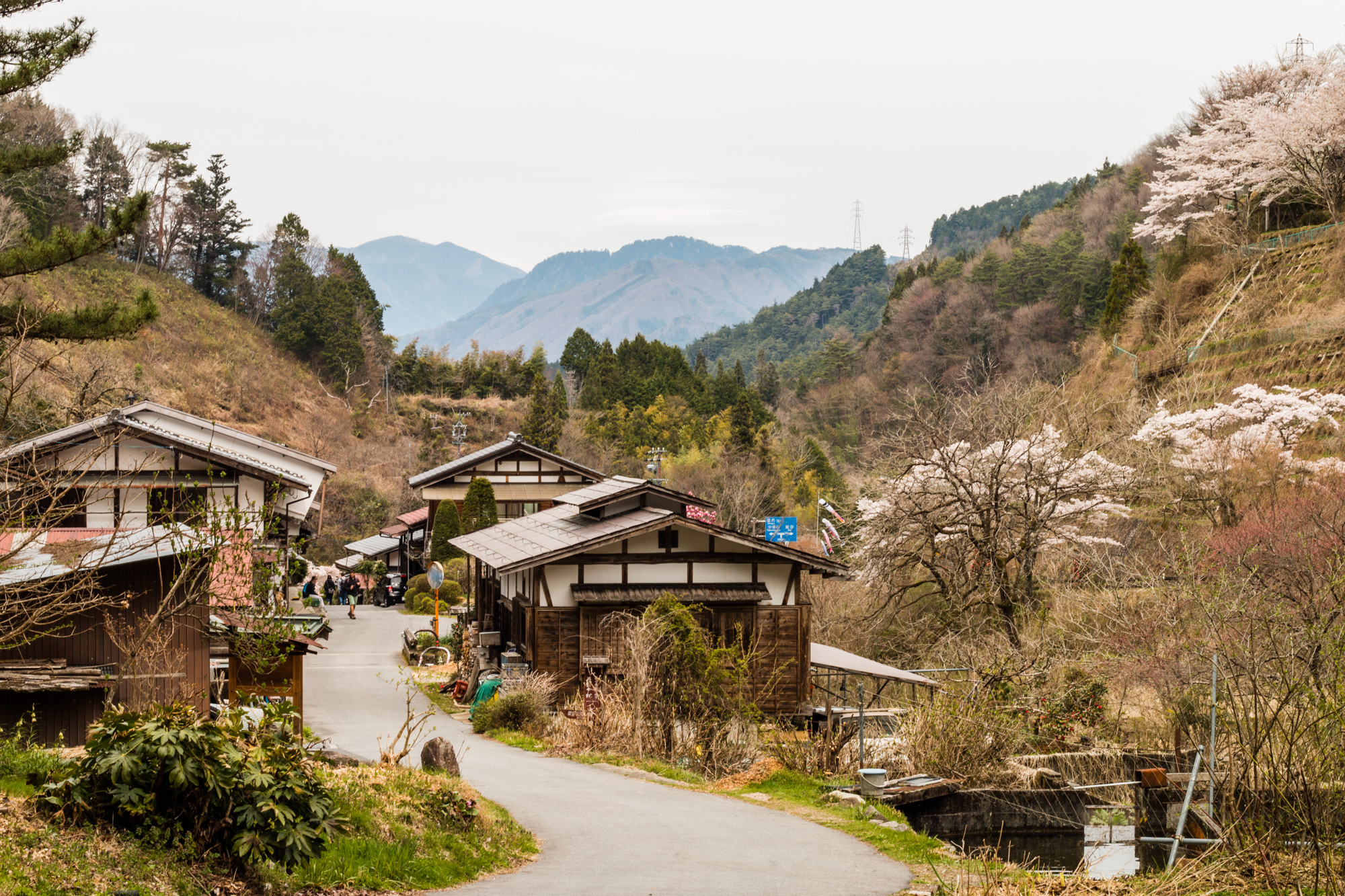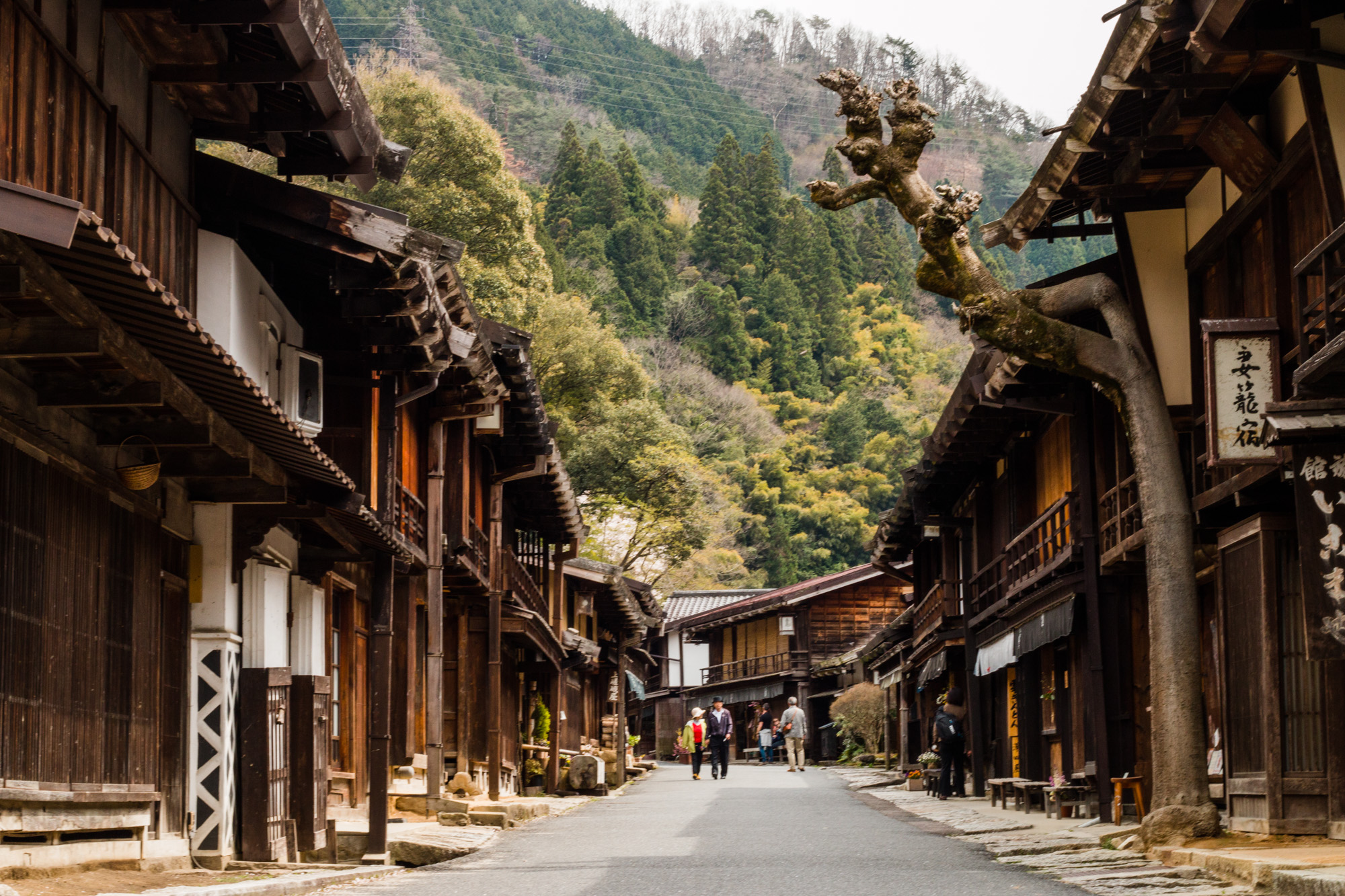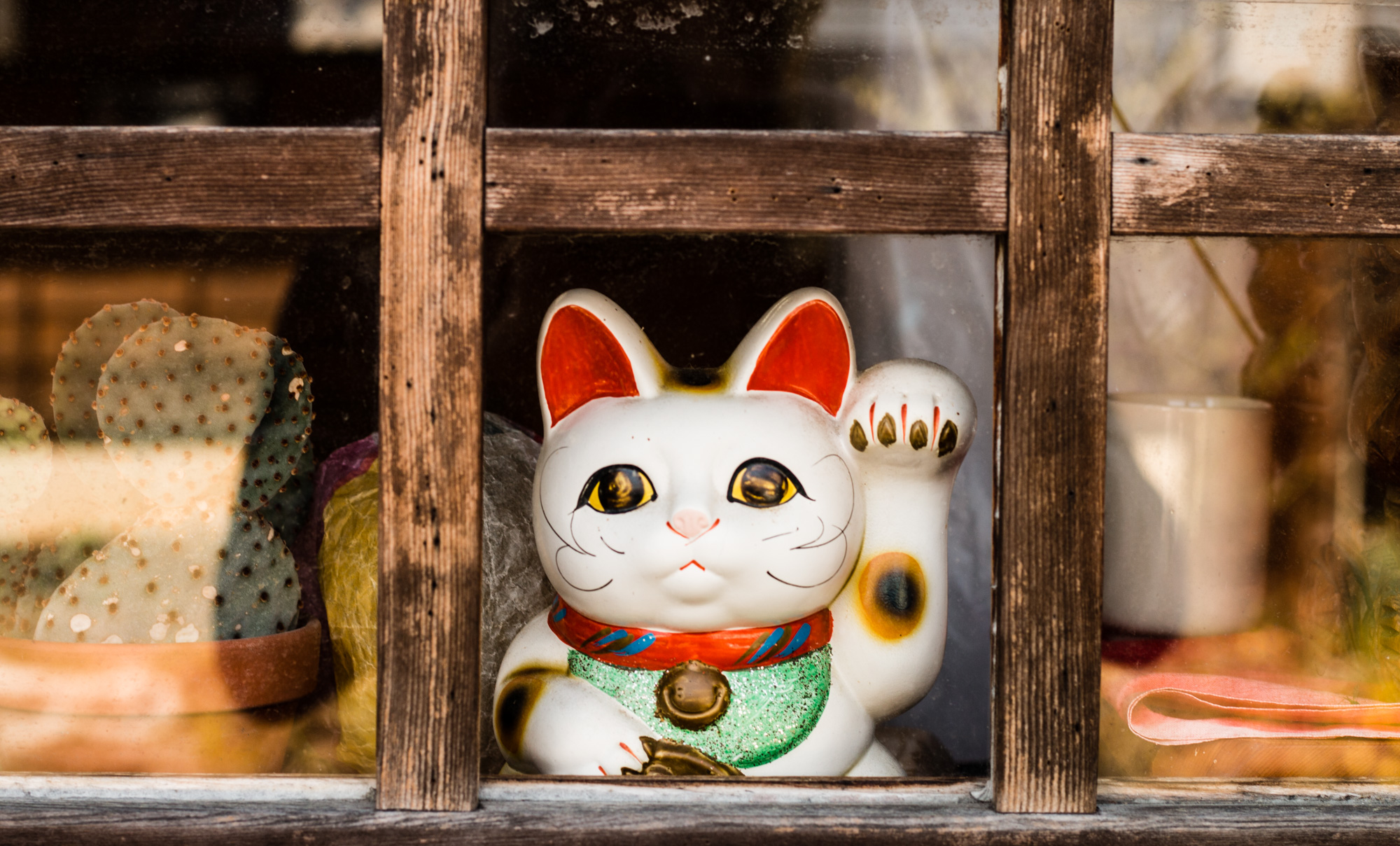2017 has been another incredible year on the road. In 2015 when we left the Netherlands to see the world we didn’t think we would still be traveling more than 2 years later. Yet 2017 brought some of the most incredible sights in our journey. We want to share them with you in this pretty compact list. Hopefully it will bring you inspiration for travels in the years ahead.
-
Gardens by the Bay, Singapore
We travel to discover something foreign, a culture, a sight, a cuisine which we don’t have at home. Gardens by the Bay is something truly unique, that you won’t find anywhere else in the world. For me it felt like a vision of a future city, green, modern and a perfect symbiosis of nature and people. I could go back there a thousand times, over and over again and to all of you I recommend it as my unbeatable number 1. Don’t miss the light show by the main Super Trees site. More about the Gardens here.
-
The Kaluts desert, Iran
That’s Jandirk’s number 1 and the first place we saw in 2017. The silence, the rock formations and the feeling of landing on the Moon made it one of our very favorite sites. Not to mention the beauty of solitude out there. More about the journey here.
-
Fuji mountain, Japan
Japan as a country has stolen our hearts. Jandirk has been fascinated by their manga, food and culture for a long time but for me it’s a very new love. Japan as a whole is an incredible journey full of surprises on every corner. But if we had to choose a specific place we would say Fuji Mountain. It can be seen from so many different places and it’s so perfectly symmetrical and majestic. We were lucky enough to see a lot of it from many different angles and we somehow can not imagine a trip to Japan without it.
-
Sheikh Zayed Mosque, Abu Dhabi, UAE
In 2017 we saw many incredible mosques in Oman and Iran but there was one winner and surprisingly it was in Abu Dhabi. It was completed in 2007 so I didn’t expect more than tons of gold and kitsch. I was wrong, the mosque is breathtaking! Every bit is magnificent, stylish, very thoughtfully made. In the evening it looks like a fairytale palace from Aladdin or 1001 Nights. It’s lit according to the phases of the moon so the color and intensity of the light changes every day. That should give you an idea about the amount of work and thought that went into this masterpiece.
-
Pingxi mountains, Taiwan
I love mountainous views. Especially at sunrise there is something magical with the morning mist and clouds disappearing in between rays of light. I have to admit that I am not the type of person who likes hiking just for the joy of it. I have to have something spectacular at the top of the peak. Well Pingxi mountains gave us just that, super short, strenuous hike and absolutely magnificent views worth every bit of sweat and fear. About how to get there and exactly what to see go here.
-
View on Sigiriya Rock, Sri Lanka
I’m not going to lie to you. We were not enchanted by Sri Lanka. We were stunned by the amount of garbage, scary transportation and not overly kind people. But one view stayed with us and it was the one on the Sigiriya Rock. It looked so blissful, so green, so Avatar-like, something we won’t ever forget. Tempted by this sight we actually visited the fortress on the top of that rock. We recommend you guys not to make that same mistake. It’s not worth the overpriced entrance and the slow, tiring walk up in a column of tourists.
-
Japan in bloom
People tend to think that bloom in Japan means only cherry blossom and cherry blossom is only seen in Kyoto and Tokyo. The truth is cherry blossom is everywhere but just varies in period very much. This spectacle of nature, although very brief, brings Japan to life, pushes locals to celebrate and cherish what's fugacious in life. There are picnics and festivals everywhere and the trees look just breathtaking. After few days when the petals start falling it almost looks like snow. More about where to see cherry blossom here.
Except for cherry blossom we were lucky enough to see plum blossom which is almost as beautiful. It comes before the cherries and it’s more peaceful, less touristic.
-
Kyoto, Japan
Every bit, every kilometer of it. It’s the city that charmed me the most this year. Kyoto is just pure essence of Japan for me. There is so much history there, so much soul but also plenty of modern, pleasantly weird Japan. I seriously can’t wait to go back there. For more info about our favorite places in Kyoto go to the post.
-
Montserrat, Spain
No mountains are like those surrounding Montserrat Monastery. They look like sleeping giants overgrown with plants. I still can’t believe that all these times I came to visit Barcelona I didn’t think about coming here. Short trip away to huge joy.
-
Tea plantations, Malaysia
We are massive tea drinkers and disappointed by tea plantations on Sri Lanka we decided to give it another tea try in Cameron Highlands in Malaysia. Although the villages in the tea region were hideous, the plantations made up for it pretty fast. Hills of green, filled with bushes of tea. Unforgettable experience.
-
Sun Moon Lake, Taiwan
Already the name says it all. It’s a spectacular location that has a lot to offer when it comes to nature, culture and even modern architecture. Perfect escape from somehow chaotic cities of Taiwan. Every Dutch person will be delighted to hear that the best way to explore the area is by bike. More here.
